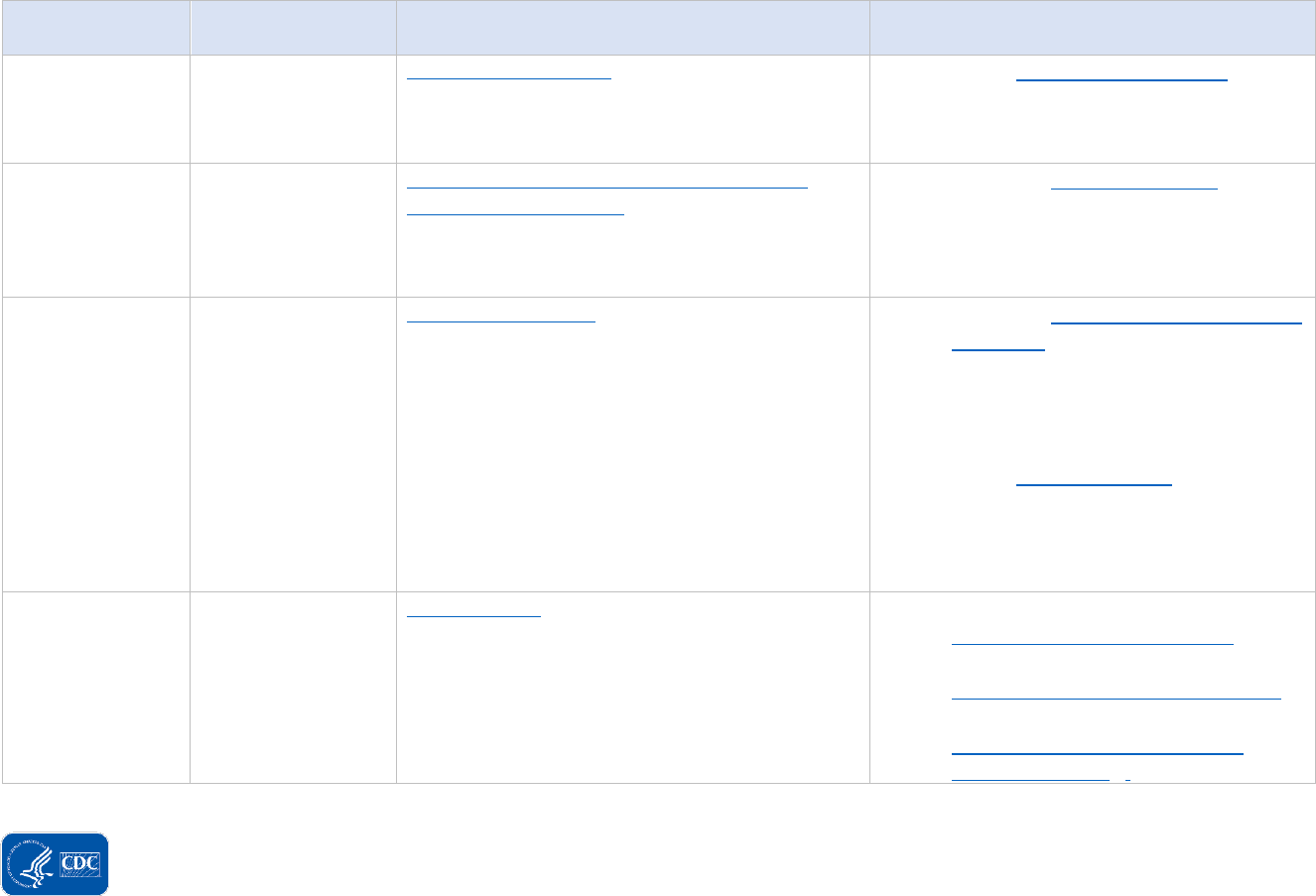
CDC Public Health Datasets and Access Guide for Tribes and Tribal Epidemiology Centers
December 30, 2022
Data Subject
Lead CDC Center,
Institute, or Office
Data System or Dataset
How To Access the Data
Cross-Cutting Data
Library
Centers for Disease
Control and
Prevention (CDC)
CDC Data and Statistics
Cross-agency view of CDC data and statistics and
tools for working with the data.
• Access CDC Data and Statistics to
identify data of interest, points of
contact, and information on how to
access the data.
Cross-Cutting Data
Library
Center for
Surveillance,
Epidemiology, and
Laboratory Services
(CSELS)
CDC WONDER (Wide-ranging ONline Data for
Epidemiologic Research)
Menu-driven system that makes a wide array of
CDC’s information resources available to public
health professionals and the public.
• Access the CDC WONDER site to
identify data of interest and
information on accessing or requesting
specific data.
Health, United
States
National Center for
Health Statistics
(NCHS)
Health, United States
Presents an overview of national health trends
organized around four subject areas: health status
and determinants, utilization of health resources,
healthcare resources, and healthcare expenditures
and payers. Uses data from a wide variety of
sources, even external to CDC. Tables examine
long terms trends in health over a wide range of
demographic and socioeconomic indicators.
Estimates for the American Indian/Alaska Native
population are presented where available.
• Access the Health, United States – Data
Finder site for current and recent
reports. Drop-down menus allow users
to search for tables that have data on
specific groups.
• Access Previous Reports.
Healthy People
National Center for
Health Statistics
(NCHS)
Healthy People
Identifies public health priorities to help
individuals, organizations, and communities across
the United States improve health and well-being.
Healthy People 2030, the initiative’s fifth iteration,
builds on knowledge gained over the first four
decades. NCHS leads measurement of the nation's
Access publicly available data:
• Healthy People 2030 Objectives
• Healthy People 2020 Disparities Data
• Healthy People 2020 Progress by
Population Group – Choose “Race and
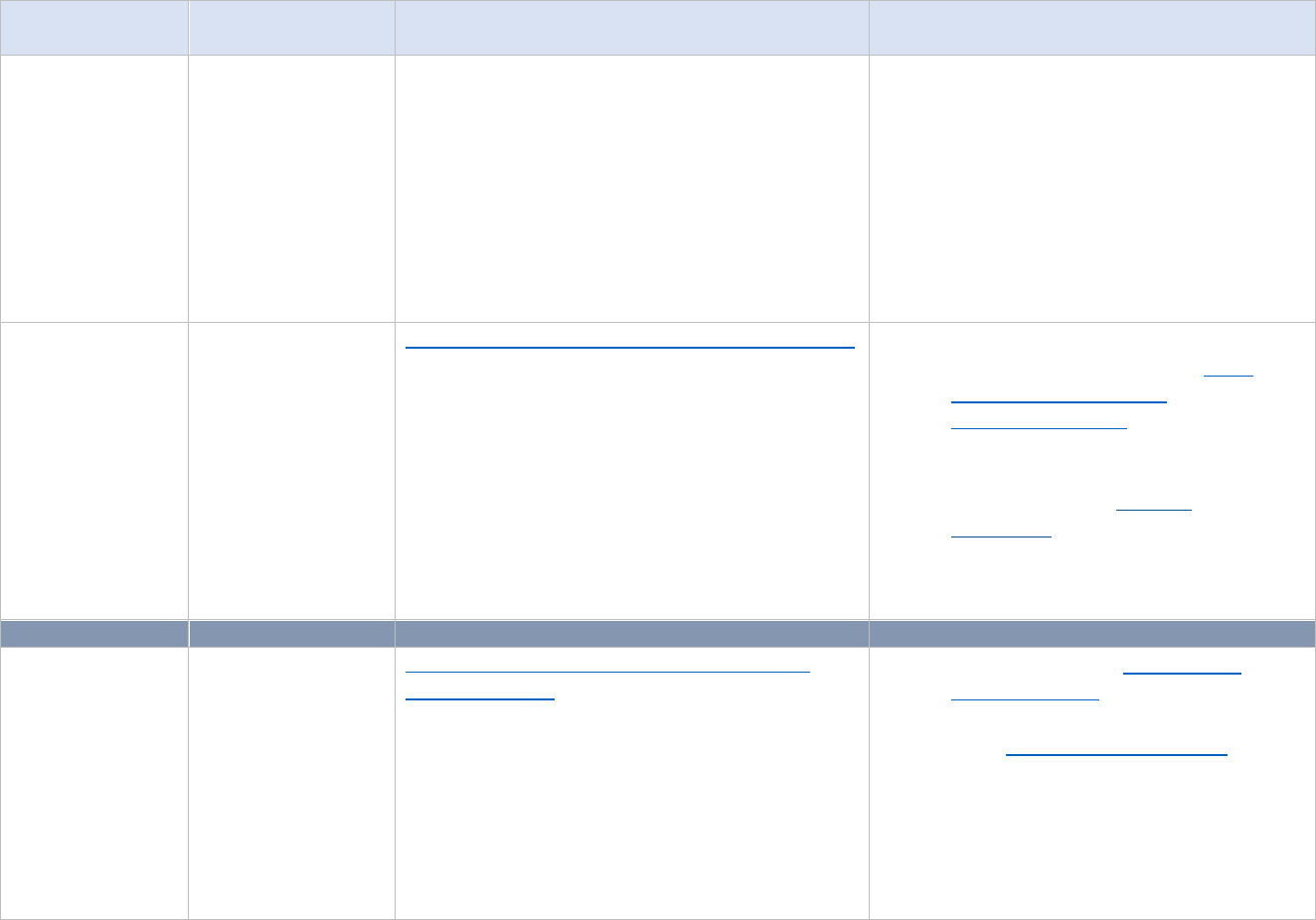
2
Data Subject
Lead CDC Center,
Institute, or Office
Data System or Dataset
How To Access the Data
progress toward meeting objective targets as well
as overarching goals of the Healthy People
initiative, which include eliminating disparities and
achieving health equity. Healthy People 2030
includes American Indian/Alaska Native in its
standard race/ethnicity data template; 163
objectives collect data for this population across
approximately 29 mostly federal data systems,
and data are shown when they meet applicable
presentation standards.
Ethnicity” under the “Group by”
column in the chart and then select
“Topic Area” in the first column.
National Center
for Health
Statistics (NCHS)
Public-Use Data
National Center for
Health Statistics
(NCHS)
NCHS Public-Use Data File and Documentation site
Provides access to datasets, documentation, and
questionnaires from NCHS surveys and data
collection systems. Visit the site for a list of
available data.
• Access data downloading instructions
in the “readme” files on the NCHS
Public-Use Data File and
Documentation site.
• Users of NCHS public-use data files
must comply with data use
restrictions to ensure that the
information will be used solely for
statistical analysis or reporting
purposes.
Antimicrobial
Resistance
National Center for
Emerging and
Zoonotic Infectious
Diseases (NCEZID)
National Antimicrobial Resistance Monitoring
System (NARMS)
Provides 1) antibiotic susceptibility data on enteric
pathogens (Salmonella, Shigella, E. coli,
Campylobacter, non-cholerae Vibrio); 2) predicted
antibiotic resistance based on analysis of whole
genome sequence data among isolates sequenced
for PulseNet; 3) summaries of the results of testing
and predicted determinations for each genus,
species, serotype, drug, and drug class; (4) annual
• Access data on the NARMs Now:
Human Data site.
• Email entericbacteria@cdc.gov to
request NARMS data that cannot be
obtained via CDC NARMS Now.
• Some requests may require a Data Use
Agreement (DUA).
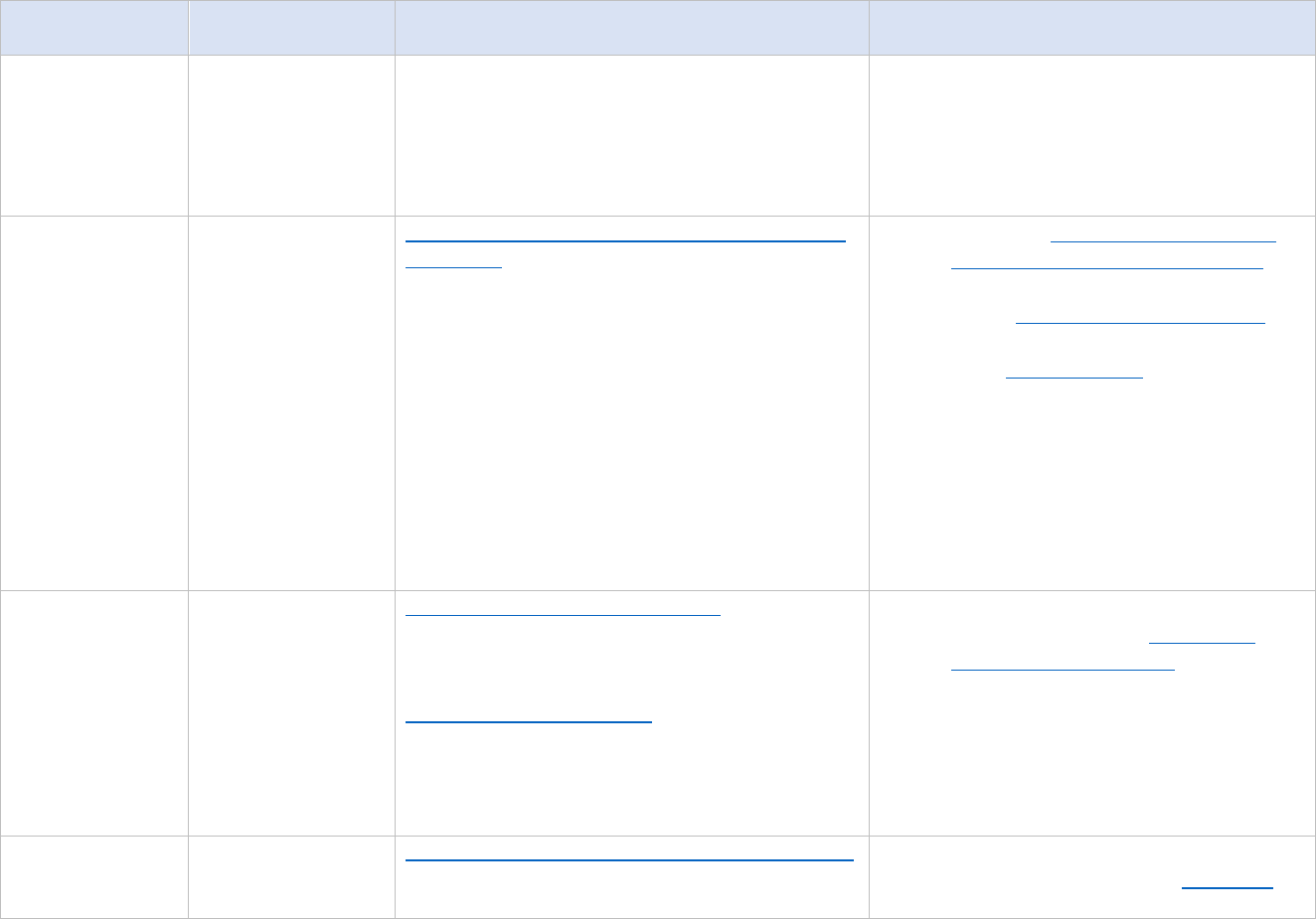
3
Data Subject
Lead CDC Center,
Institute, or Office
Data System or Dataset
How To Access the Data
reports of resistance trends and generates
datasets for research purposes by CDC staff and
the worldwide scientific community; and 5) Public-
facing tools on the web for querying the data and
downloading summary reports and individual
isolate data.
• Depending upon the nature and scope
of the request, it can take several
weeks to months to provide the data.
Bacteria, Enterics,
Amoeba, and
Mycotics
National Center for
Emerging and
Zoonotic Infectious
Diseases (NCEZID)
BEAM (Bacteria, Enterics, Amoeba, and Mycotics)
Dashboard
Interactive tool to access and visualize data from
the System for Enteric Disease Response,
Investigation, and Coordination (SEDRIC). Provides
timely data on pathogen trends and serotype
details to inform work to prevent illnesses from
food and animal contact. Focused on data for
Salmonella bacteria, but will eventually include
additional pathogens, antimicrobial resistance
data, and epidemiologic data from outbreak
investigations. Does not present tribal data
separately; however, it does provide access to
real-time data for all partners.
• Access the BEAM (Bacteria, Enterics,
Amoeba, and Mycotics) Dashboard.
• Access Frequently asked questions.
• Email simso@cdc.gov to request access
to additional data.
Babesiosis
Center for Global
Health (CGH)
National Surveillance for Babesiosis
Contains case patient de-identified data on
demographics, illness, and exposures. Cases are
reported by state and local jurisdictions.
Babesiosis case report form shows more
information on the data collected.
• To request additional data or
assistance, fill out the tribal public
health data request form.
• A DUA is required.
• Average time to provide requested
data once a final DUA is received is 7–
10 days.
Behavioral Risk
Factors
National Center for
Chronic Disease
Prevention and
Behavioral Risk Factor Surveillance System (BRFSS)
System of health-related telephone surveys that
collect state data (50 states, District of Columbia, 3
• Access BRFSS questionnaires, data, and
data analysis tools on the BRFSS site.
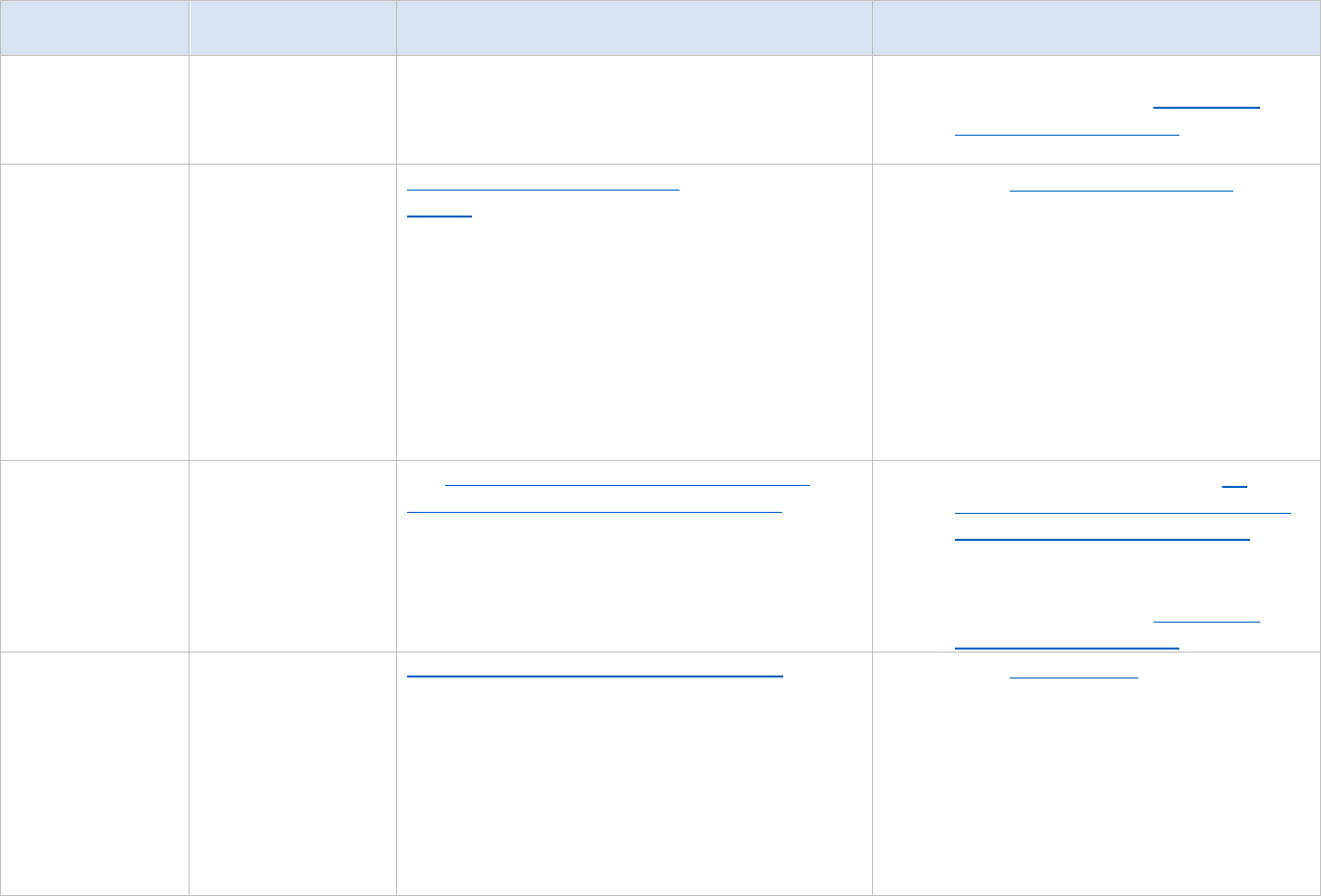
4
Data Subject
Lead CDC Center,
Institute, or Office
Data System or Dataset
How To Access the Data
Health Promotion
(NCCDPHP)
US territories) about more than 400,000 adult US
residents regarding their health-related risk
behaviors, chronic health conditions, and use of
preventive services.
• To request additional data or
assistance, fill out the tribal public
health data request form.
Botulism
National Center for
Emerging and
Zoonotic Infectious
Diseases (NCEZID)
National Botulism Surveillance
System
Collects reports of all laboratory-confirmed
botulism cases in the United States and is
continuously monitored for early detection of
outbreaks. Demographic (e.g., age, sex, race and
ethnicity), clinical (e.g., transmission category,
case-patient outcome), laboratory (e.g., laboratory
testing method, toxin type), and epidemiologic
(e.g., vehicle) data are reported by all 50 states
and the District of Columbia.
• Email botsurveillance@cdc.gov to ask
for a data request form. Complete the
form and return it to the same email
address.
• Average time to provide the data is 1–3
months, depending on the nature and
extent of the request.
Cancer
National Center for
Chronic Disease
Prevention and
Health Promotion
(NCCDPHP)
The US Cancer Statistics American Indian and
Alaska Native Incidence Analytic Database can be
used to describe the incidence of cancer, identify
American Indian and Alaska Native populations
most affected by cancer, evaluate cancer
prevention and screening activities, and assess
cancer disparities.
• Access public use data on the US
Cancer Statistics American Indian and
Alaska Native Incidence Data site.
• To request additional data or
assistance, fill out the tribal public
health data request form.
Childhood Blood
Lead
National Center for
Environmental
Health (NCEH)
Childhood Blood Lead Surveillance System
Contains de-identified data received from state
and some local health departments on children
tested for lead levels in their jurisdictions.
• Email LPPS@cdc.gov to request data
assistance. In some cases, states may
have more complete data than CDC.
National and state by county data files
are available on CDC’s website. CDC
can also assist with identifying state or
local Childhood Lead Poisoning
Prevention Program points of contact.
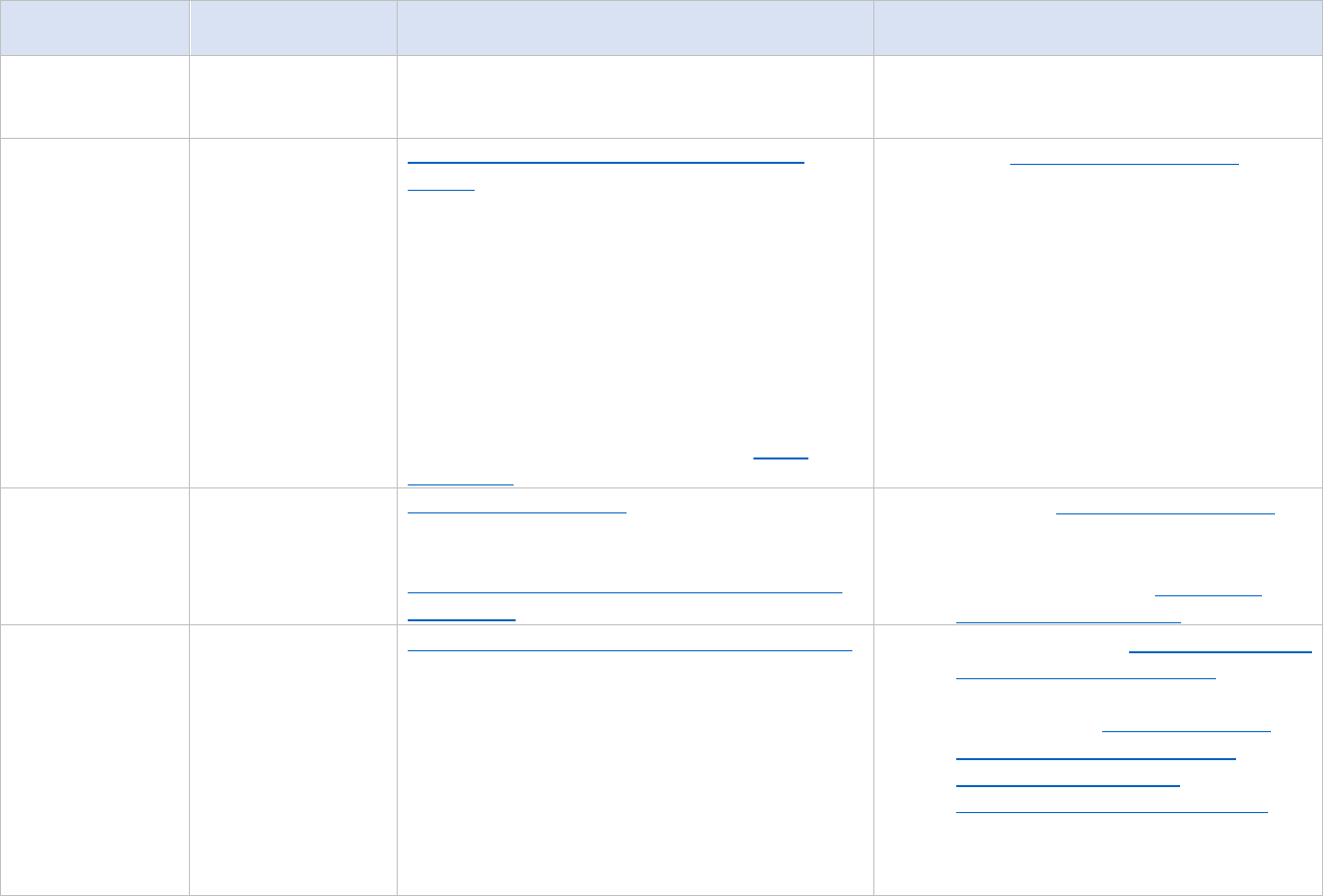
5
Data Subject
Lead CDC Center,
Institute, or Office
Data System or Dataset
How To Access the Data
• Average time to provide the data varies
depending on the nature and extent of
the request.
Cholera and Other
Vibrio Illness
National Center for
Emerging and
Zoonotic Infectious
Diseases (NCEZID)
Cholera and Other Vibrio Illness Surveillance
(COVIS)
Reports data on human infections with pathogenic
(illness-causing) species of the family
Vibrionaceae, which cause vibriosis and cholera.
Data include demographics (e.g., age, sex, race
and ethnicity), a description of the person’s illness
and medical history; recent seafood consumption;
recent exposure to bodies of water, raw or live
seafood or their drippings, or marine life; and
source(s) of seafood consumed. For more
information on data collected, see the COVIS
report form.
• Email COVISResponse@cdc.gov to ask
for a data request form. Complete and
return the form to the same email
address.
• Average time to provide the data is 3–6
months, depending on the nature and
extent of the request.
COVID-19
Centers for Disease
Control and
Prevention (CDC)
CDC COVID Data Tracker
Provides COVID-19 data and surveillance data.
Frequently Asked Questions: COVID-19 Data and
Surveillance
• Access the CDC COVID Data Tracker.
• To request additional data or
assistance, fill out the tribal public
health data request form.
COVID-19
National Center for
Emerging and
Zoonotic Infectious
Diseases (NCEZID)
National Wastewater Surveillance System (NWSS)
Coordinates and builds the nation’s capacity to
track the presence of SARS-CoV-2, the virus that
causes COVID-19, in wastewater samples collected
across the nation. State, tribal, local, and
territorial health departments participating in
NWSS submit testing data to CDC. CDC then
standardizes and interprets these data and
presents them in the COVID Data Tracker. How
often sites collect wastewater samples and how
• Access data on the COVID Data Tracker:
Wastewater Surveillance site. Users can
view and download data from two
public datasets: NWSS Public SARS-
CoV-2 Wastewater Metric Data and
NWSS Public SARS-CoV-2
Concentration in Wastewater Data.
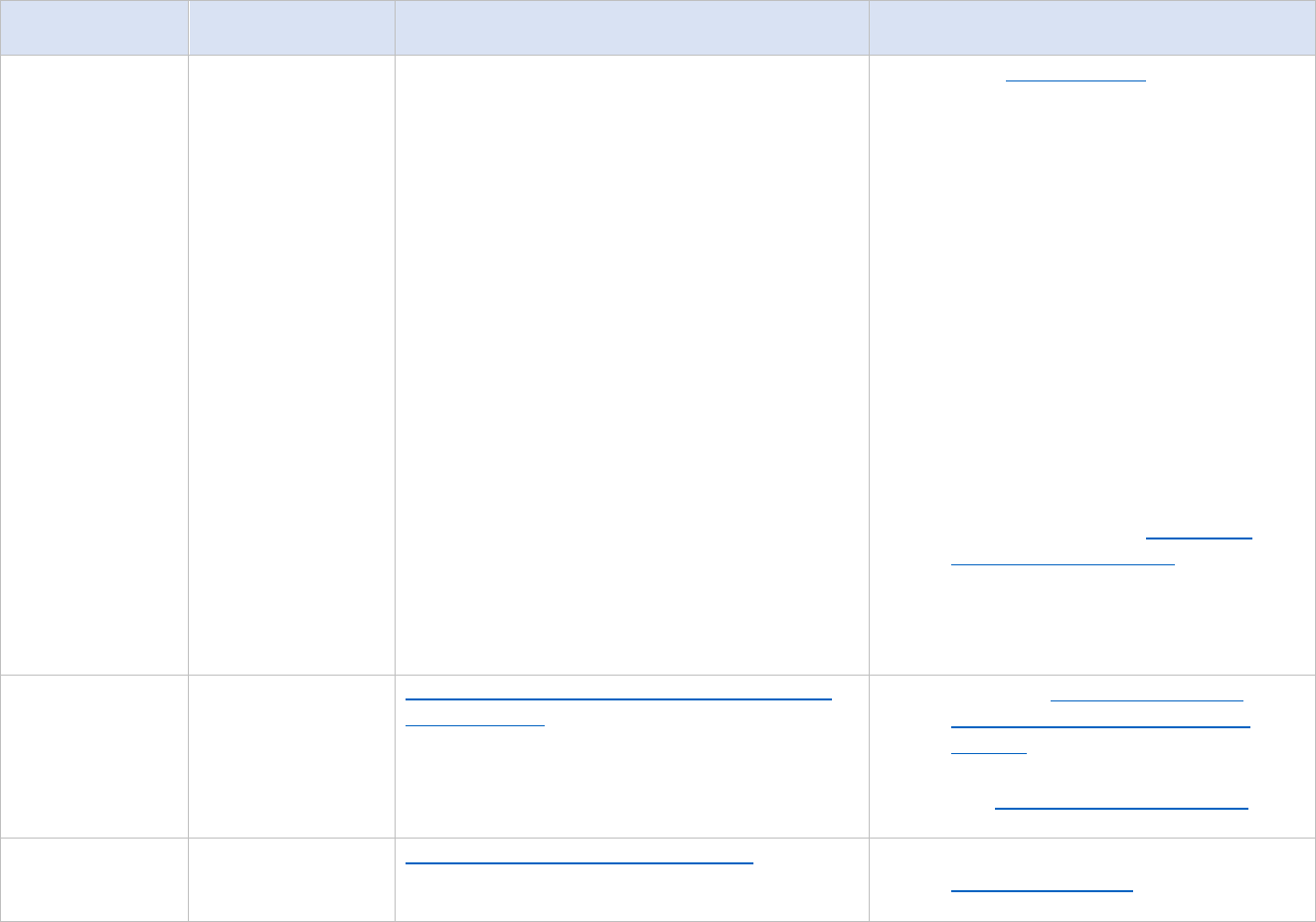
6
Data Subject
Lead CDC Center,
Institute, or Office
Data System or Dataset
How To Access the Data
frequently data are reported to CDC varies by
health department.
NWSS Data Collation and Integration for Public
Health Event Response (DCIPHER) data are
available to tribes and Tribal Epidemiology Centers
(TECs) upon explicit permission from participating
tribes and approval to access the DCIPHER system.
• Email NWSS@cdc.gov to request
additional data and for access to the
DCIPHER system.
• Users must sign the DCIPHER Rules of
Behavior and NWSS non-disclosure
agreement (NDA), and only the data
from each jurisdiction (tribe) is
available to that jurisdiction (tribe).
• Data can be made available
immediately after that if the requestor
already has DCIPHER access. Several
working days are needed to provide
access to the DCIPHER system.
• TECs can request access to the tribal
data by filling out the tribal public
health data request form. CDC will
contact the participating tribe(s) for
which data are requested to determine
whether the tribe(s) give permission to
provide the data to a TEC or TECs.
Chronic Disease
National Center for
Chronic Disease
Prevention and
Health Promotion
(NCCDPHP)
Leading Indicators for Chronic Diseases and Risk
Factors website
Provides data that can be sorted on indicator,
state/national comparisons, and “breakout
category,” which includes demographics.
• Access the Leading Indicators for
Chronic Diseases and Risk Factors
website.
• Visit Getting Started video guides for
interacting with the data.
Cyclosporiasis
Center for Global
Health (CGH)
National Surveillance for Cyclosporiasis
Contains case patient de-identified data on
• Email data requests to
cyclospora@cdc.gov.
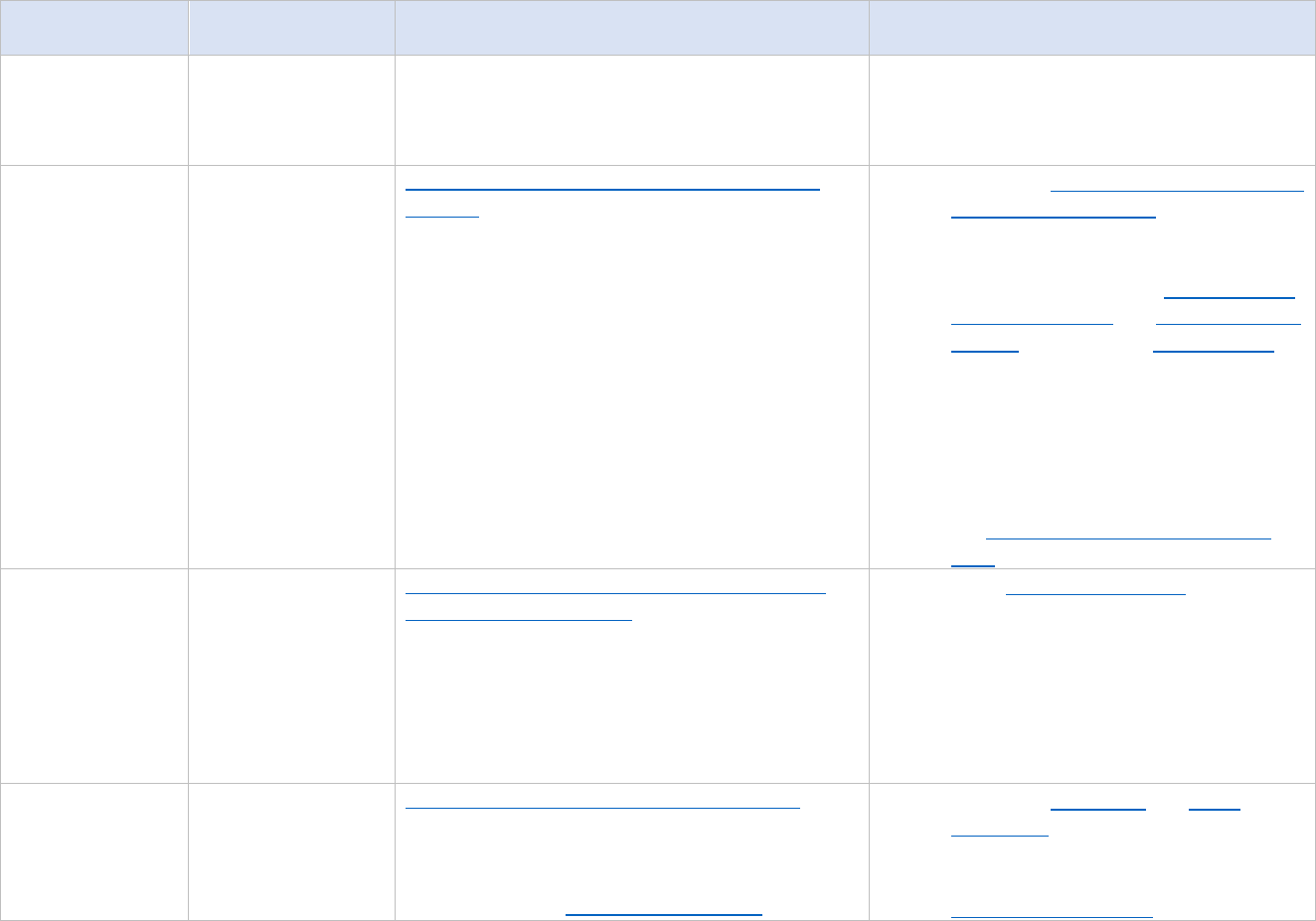
7
Data Subject
Lead CDC Center,
Institute, or Office
Data System or Dataset
How To Access the Data
demographics, illness, and exposures. Cases are
reported by state and local jurisdictions.
• A DUA is required.
• Average time to provide data is 7–10
days.
Environmental
Health
National Center for
Environmental
Health (NCEH)
Environmental Public Health Tracking Network
(EPHTN)
Brings together health data and environmental
data from national, state, and city sources and
provides supporting information to make the data
easier to understand. The Tracking Network has
data and information on environments and
hazards, health effects, and population health.
• Access the Environmental Public Health
Tracking Network site. The site
provides downloadable datasets,
including topic-specific data
dashboards such as the Environmental
Justice Dashboard and Heat and Health
Tracker. On Tracking’s Data Explorer, a
“Tribal Area” points of interest layer is
available to add to any data query
alongside the environmental and
health outcome data.
• To request additional assistance, fill out
the tribal public health data request
form.
Firearm Injury
National Center for
Injury Prevention
and Control (NCIPC)
Firearm Injury Surveillance Through Emergency
Rooms (FASTER) Program
FASTER data are collected from a subset of 10
jurisdictions contributing data to the National
Syndromic Surveillance Program (NSSP), which
collects data from about 71% of the nation’s
emergency departments in near real-time through
the BioSense Platform.
• Email fasternofo@cdc.gov to request
access to FASTER data.
• A DUA is needed with each jurisdiction
that provided the requested data to
CDC, which CDC can facilitate.
Foodborne,
Waterborne, and
Enteric Disease
Outbreaks
National Center for
Emerging and
Zoonotic Infectious
Diseases (NCEZID)
National Outbreak Reporting System (NORS)
Receives data on all foodborne and waterborne
disease outbreaks and enteric disease outbreaks
from other sources. For more information on data
collected, see the NORS reporting forms.
• Access the NORS data and NORS
Dashboard.
• To request additional data, email
NORSAdmin@cdc.gov and ask for a
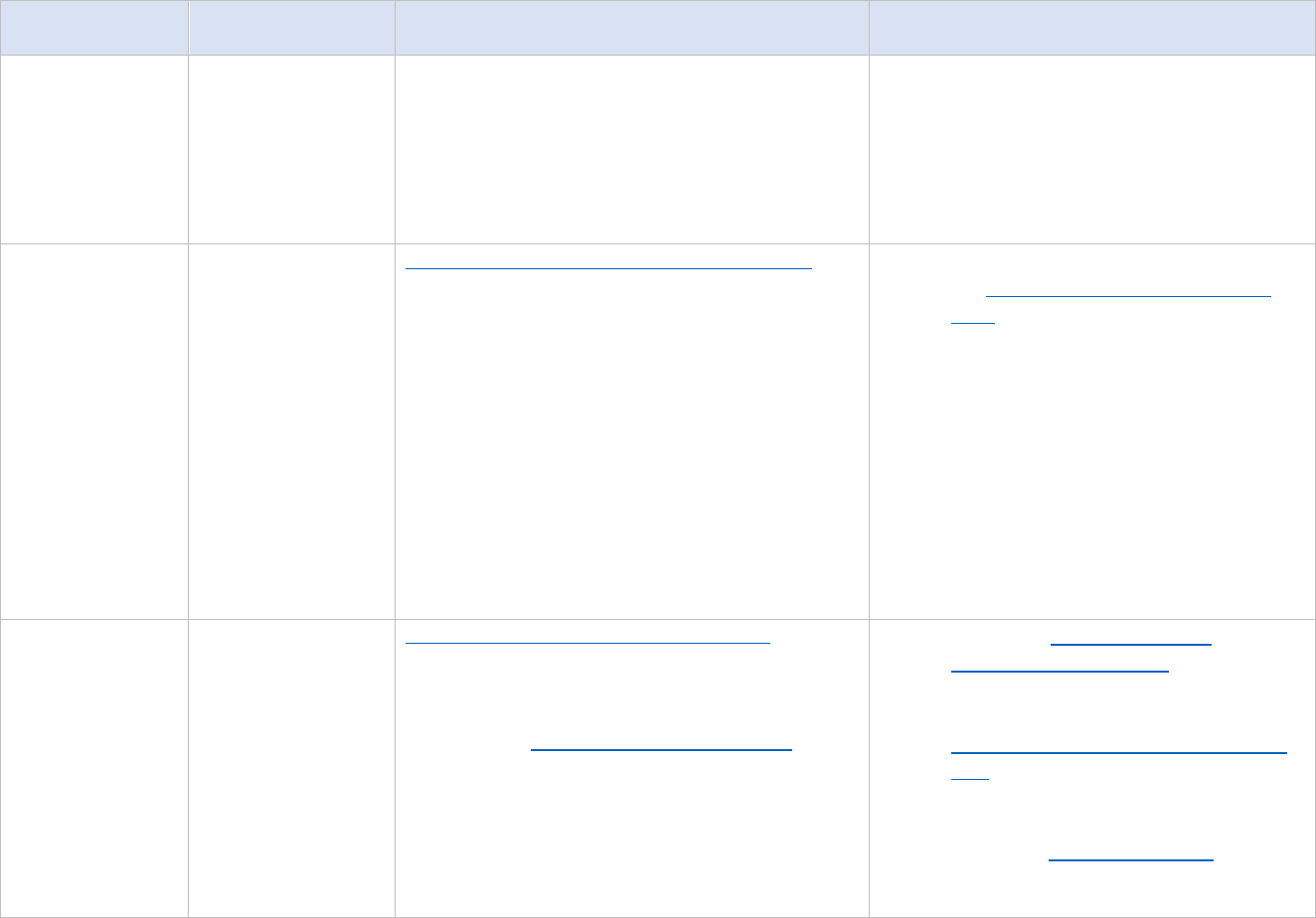
8
Data Subject
Lead CDC Center,
Institute, or Office
Data System or Dataset
How To Access the Data
NORS is making updates in late 2022 that will
include the addition of two high-level tribal health-
related questions: 1) whether exposures occurred
on tribal land (based on census bureau
boundaries) and 2) how many cases visited an
Indian Health Service or tribal facility.
data request form. Complete and send
the form back to the same email
address.
• Average time to provide the data is 2–4
weeks, depending on the nature and
extent of the request.
Gonorrhea
National Center for
HIV, Viral Hepatitis,
STD, and TB
Prevention
(NCHHSTP)
Gonococcal Isolate Surveillance Project (GISP)
Monitors antibiotic resistance trends in Neisseria
gonorrhoeae bacteria. In GISP, N. gonorrhoeae
specimens are collected each month from the first
25 men who attend STD clinics in selected US
cities and have also been diagnosed with urethral
gonorrhea. Participating regional laboratories test
the specimens for resistance to select antibiotics.
The results of these tests are then transmitted to
CDC, where they are collated and analyzed. Data
available: aggregate and line list data. Of note, in
GISP during 2019–2020, the percentage of GISP
participants identifying as Alaska Native or Native
American was 0.75% and 0.29%, respectively.
• To request additional assistance, fill out
the tribal public health data request
form.
• Depending on the complexity of the
data request, it may take several
months to obtain the necessary
reviews and approvals and to process
data requests.
Hantavirus
National Center for
Emerging and
Zoonotic Infectious
Diseases (NCEZID)
National Hantavirus Surveillance Registry
Contains surveillance data for confirmed
hantavirus cases from 1993 to present. More
information on what data are collected by states is
shown on the Hantavirus Case Report Form.
Data does not contain reference to tribal
community. Often the only variable that
references tribal member is the race variable
categorizing a case as “American Indian or Alaska
Native.”
• Access the Reported Cases of
Hantavirus Disease page.
• Access high-level information on the
Reported Cases of Hantavirus Disease
site.
• For additional data, email a data
request to spather@cdc.gov. CDC
receives data only at the state level.
Contact your local or state health
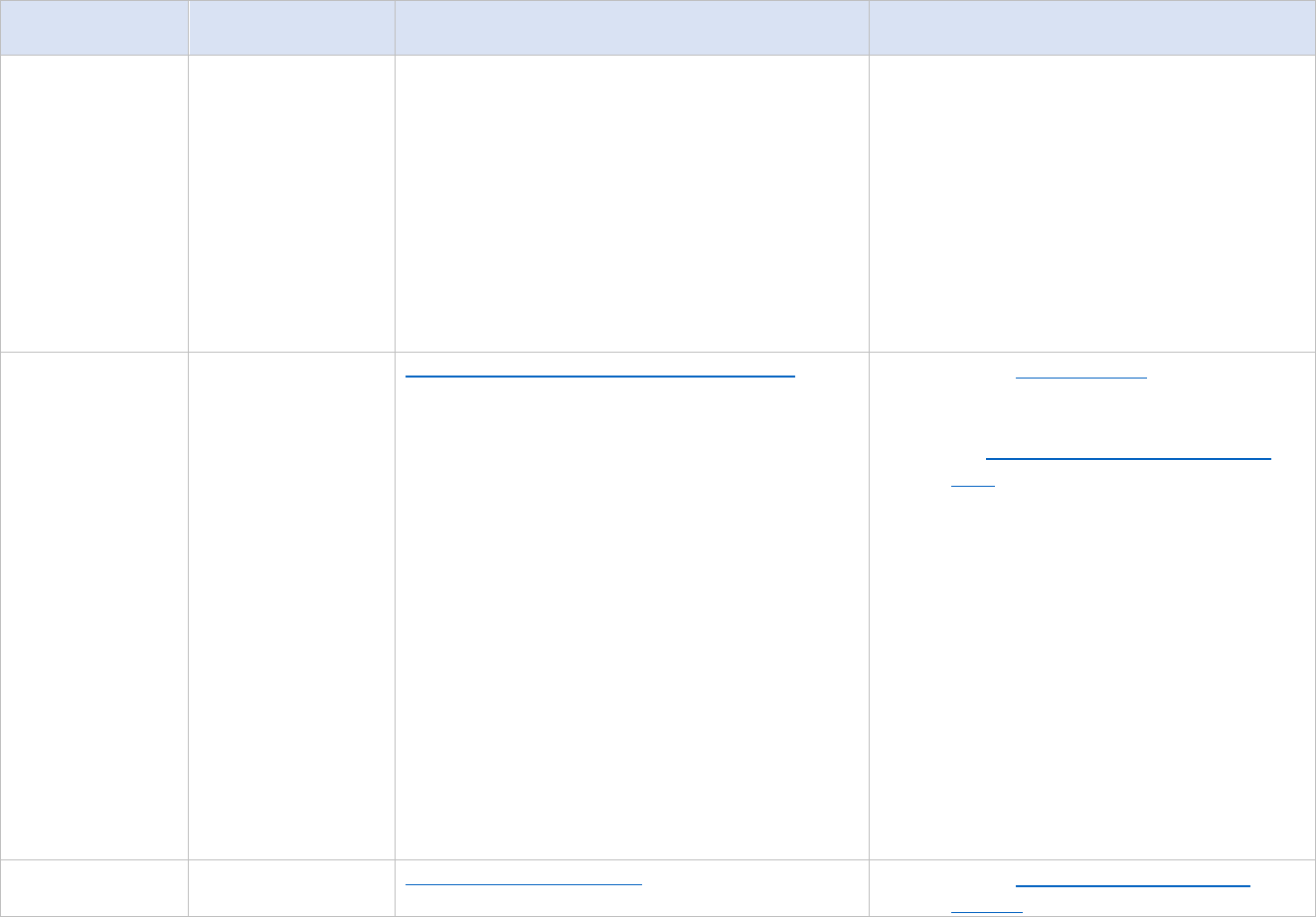
9
Data Subject
Lead CDC Center,
Institute, or Office
Data System or Dataset
How To Access the Data
department for information about
hantavirus disease cases in your area.
• A DUA is not required; however, CDC
has to contact the jurisdiction(s) that
provided the data to request approval
of data release.
• Average time to provide the data varies
depending on the nature and extent of
the request.
Healthcare Safety
National Center for
Emerging and
Zoonotic Infectious
Diseases (NCEZID)
National Healthcare Safety Network (NHSN)
Provides data needed to identify problem areas,
measure progress of prevention efforts, and
ultimately eliminate healthcare-associated
infections (HAIs). Allows healthcare facilities to
track blood safety errors and important healthcare
process measures such as healthcare personnel
influenza vaccine status and infection control
adherence rates.
Serves over approximately 25,000 medical
facilities tracking HAIs. Current participants
include acute care hospitals, long-term acute care
hospitals, psychiatric hospitals, rehabilitation
hospitals, outpatient dialysis centers, ambulatory
surgery centers, and nursing homes, with hospitals
and dialysis facilities representing the majority of
facilities reporting data.
• Access NHSN Reports.
• To request additional assistance, fill out
the tribal public health data request
form.
Hepatitis
National Center for
HIV, Viral Hepatitis,
Viral Hepatitis Surveillance
• Access Viral hepatitis surveillance
reports.
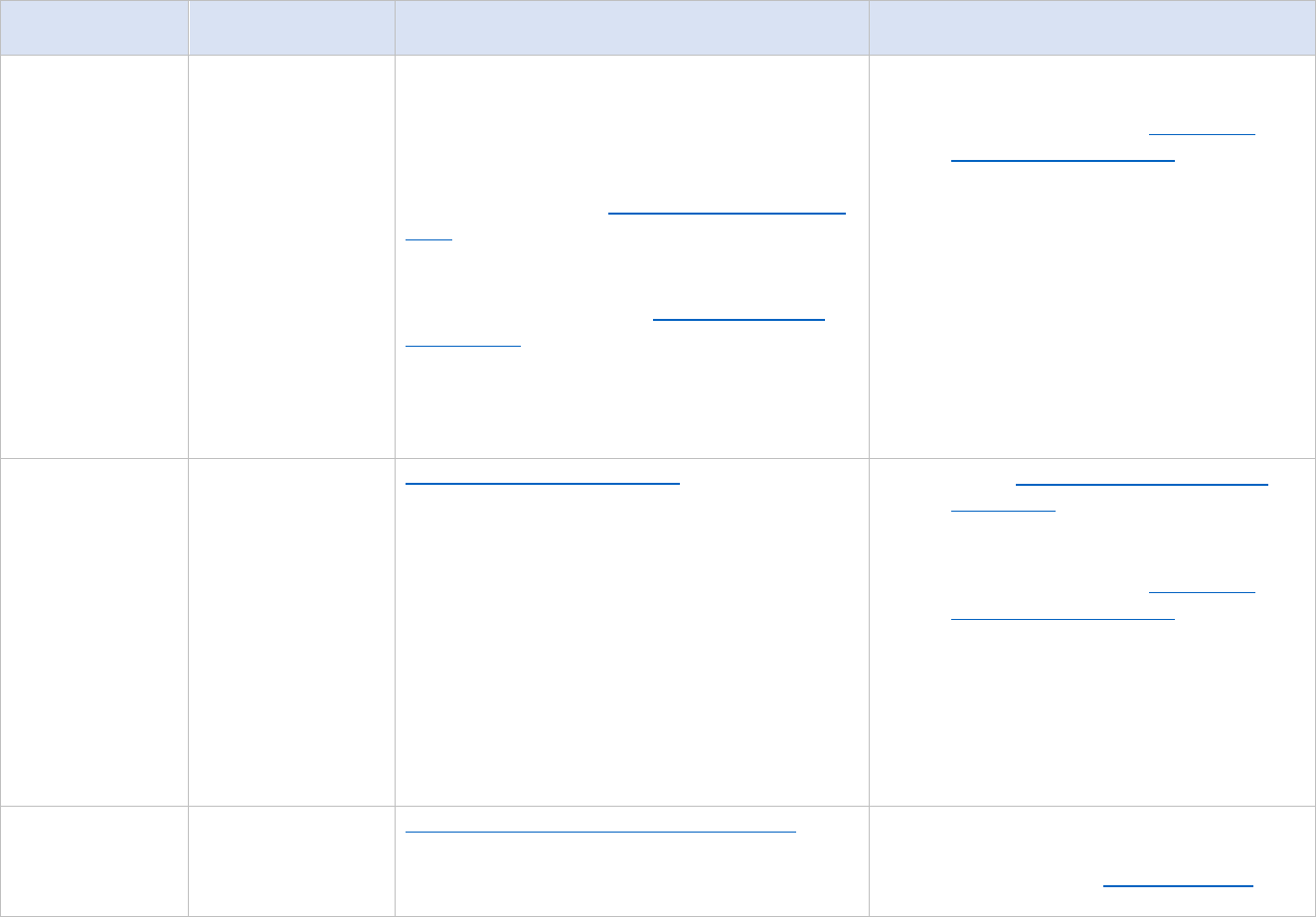
10
Data Subject
Lead CDC Center,
Institute, or Office
Data System or Dataset
How To Access the Data
STD, and TB
Prevention
(NCHHSTP)
Includes case-based surveillance for acute
hepatitis A; acute, chronic and perinatal hepatitis
B; and acute, chronic, and perinatal hepatitis C.
More information on what data are collected by
states is shown on the Viral Hepatitis Case Report
Form. (This form was finalized in September 2013
to serve as a guide for surveillance and is based on
Council of State and Territorial Epidemiologists
recommendations) and the Viral Hepatitis Case
Record Form (National Electronic
Telecommunications System for Surveillance).
• To request additional data or
assistance, fill out the tribal public
health data request form.
• Other data available upon request
include (1) Limited de-identified line
level data, releasable in compliance
with the Assurance of Confidentiality
covering these data and (2) Custom
data requests can be fulfilled if
permissible and based on data re-
release agreements with each state,
and guidance/assistance with data use
and interpretation, on suggested uses.
HIV/AIDS
National Center for
HIV, Viral Hepatitis,
STD, and TB
Prevention
(NCHHSTP)
National HIV/AIDS Surveillance
Includes case-based surveillance and longitudinal
data collection for cases meeting the HIV case
definition, including birth/death certificate data,
laboratory reports and other relevant data
For additional allowable (based on data re-release
agreements with each state) a data request form
can be request from the branch chief. Data
available at national, state, and county (with
some restrictions) levels and includes diagnoses,
prevalence, care outcomes, social determinants of
health, etc.
• Access HIV Surveillance reports and
data tables.
• To request additional data or
assistance, fill out the tribal public
health data request form.
• Custom data requests can be fulfilled if
permissible and based on data re-
release agreements with each state,
and guidance/assistance with data use
and interpretation, on suggested uses.
HIV/AIDS
National Center for
HIV, Viral Hepatitis,
STD, and TB
National HIV Behavioral Surveillance (NHBS)
Provides bio-behavioral surveillance data among
persons at high risk for HIV infection.
• Access reports, publications, and
informatics under each population
section from the NHBS homepage.
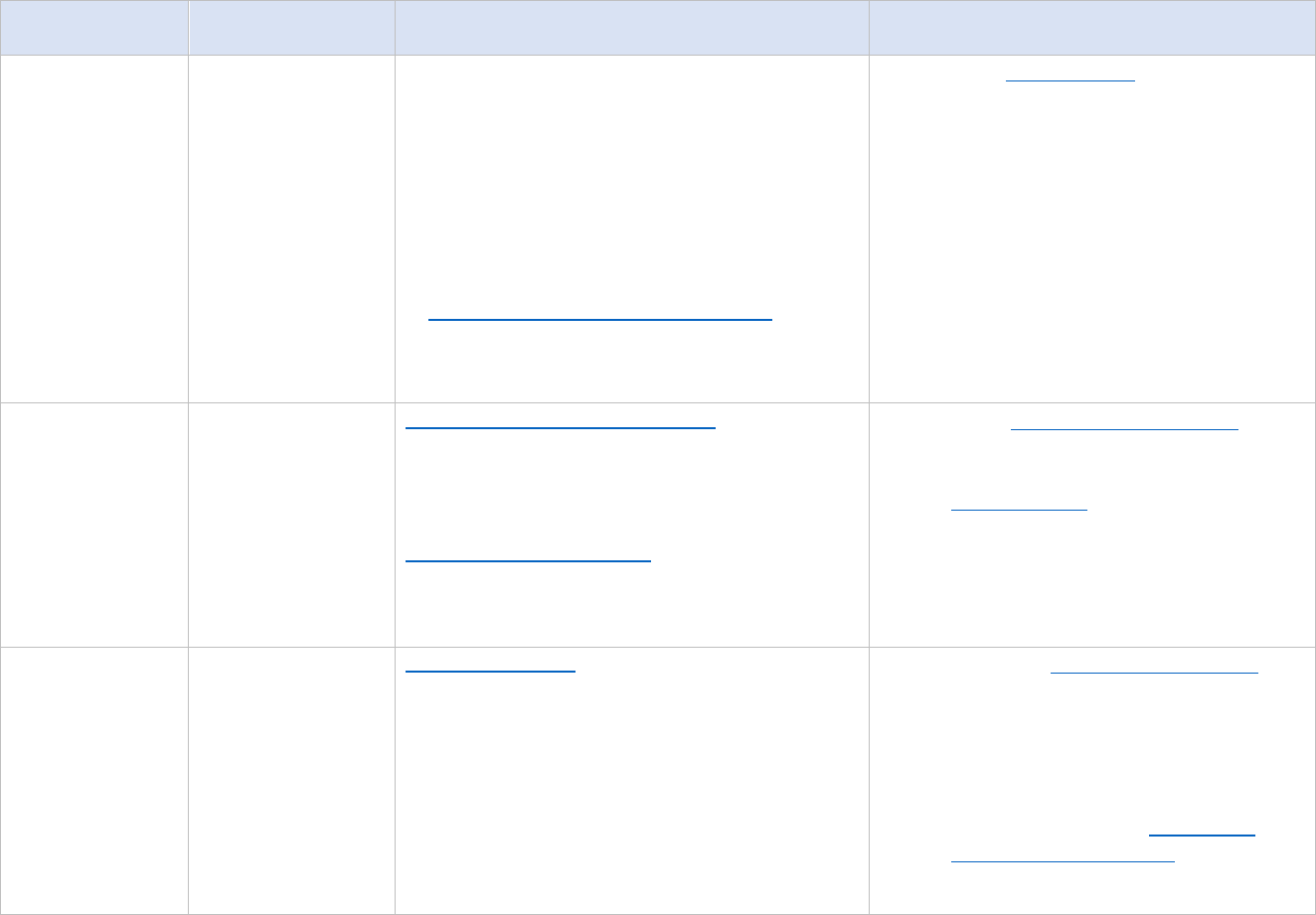
11
Data Subject
Lead CDC Center,
Institute, or Office
Data System or Dataset
How To Access the Data
Prevention
(NCHHSTP)
Surveillance is conducted in rotating, annual cycles
in three different populations at increased risk for
HIV: 1) gay, bisexual, and other men who have sex
with men (known as the MSM cycle); 2) persons
who inject drugs (known as the PWID cycle); and
3) heterosexually active persons at increased risk
for HIV infection (known as the HET cycle).
Data collection instruments for NHBS are available
at Methods and Questionnaires (cdc.gov)
Data are published in annual reports summarizing
key outcomes.
• Email nhbs@cdc.gov to request custom
data requests for aggregated results or
to request access to restricted use
datasets.
HIV/AIDS
National Center for
HIV, Viral Hepatitis,
STD, and TB
Prevention
(NCHHSTP)
Medical Monitoring Project (MMP)
Provides data on persons with diagnosed HIV,
including interview and medical record abstraction
data.
Data collection instruments
• Access HIV Surveillance Reports.
• Email custom data requests to
MMP@cdc.gov. The process will
include completing a concept proposal
form. MMP staff are available to
provide technical assistance in
requesting, analyzing, and interpreting
MMP data.
HIV, STDs,
Hepatitis, and TB
National Center for
HIV, Viral Hepatitis,
STD, and TB
Prevention
(NCHHSTP)
NCHHSTP AtlasPlus
Allows users to interactively create customized
tables, maps, and charts using nearly 20 years of
CDC’s surveillance data on HIV, viral hepatitis,
STDs, and TB. Also provides access to indicators on
social determinants of health, allowing users to
view social and economic data in conjunction with
surveillance data for each disease. Provides charts,
maps, and tables functions and allows viewing
data by year, geography, and demographics.
• Access the NCHHSTP AtlasPlus site.
• FAQs, technical notes, and a glossary
are available on the site homepage.
• To request additional data or
assistance, fill out the tribal public
health data request form.
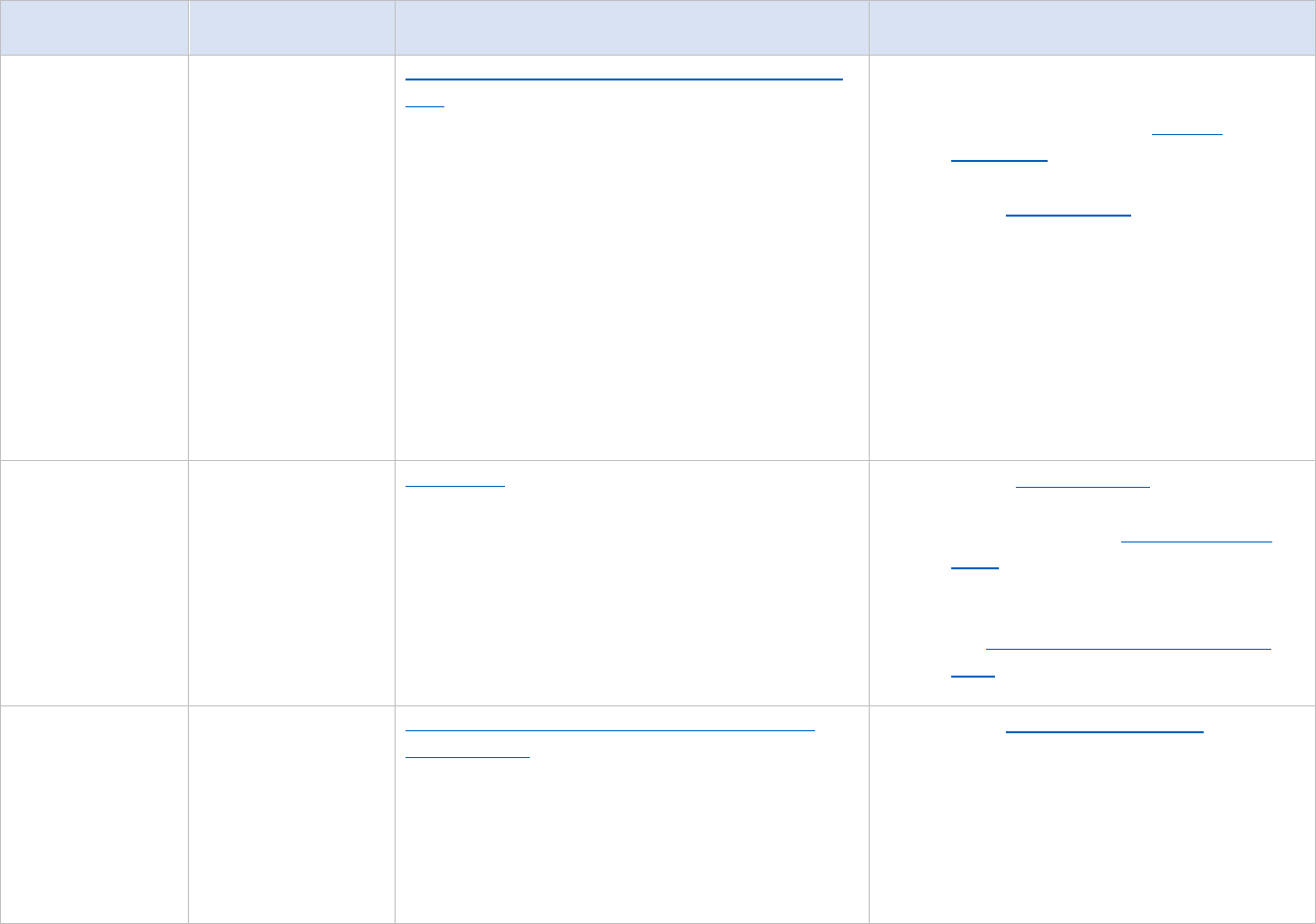
12
Data Subject
Lead CDC Center,
Institute, or Office
Data System or Dataset
How To Access the Data
Influenza (Flu)
National Center for
Infectious and
Respiratory Diseases
(NCIRD)
Influenza Hospital Surveillance Network (FluSurv-
Net)
Provides data on hospitalization rates associated
with flu. A minimum set of data on all identified flu
cases includes age, sex, race and ethnicity,
surveillance site, date of hospital admission, and
positive influenza test result/date. Hospitalization
rates are calculated as the number of residents of
a defined area who are hospitalized with a positive
influenza laboratory test divided by the total
population within the defined area. FluSurv-NET
collects data on American Indian or Alaska Native
race, Indian Health Service insurance coverage,
and patient-level census-tract data.
• Access data, including rate data by
race/ethnicity and some clinical and
demographic data, on FluView
Interactive (updated weekly).
• Email yta8@cdc.gov to request other
data.
• Average time to provide the data is 1–4
months from approval, depending on
the nature and complexity of the
request, and some requests may
require a data use agreement.
• A DUA is required.
Injury
National Center for
Injury Prevention
and Control (NCIPC)
WISQARS™
An interactive database that provides fatal and
nonfatal injury, violent death, and cost of injury
data. Researchers, the media, public health
professionals, and the public can use WISQARS™
data to learn more about the public health and
economic burden associated with unintentional
and violence-related injury in the United States.
• Access WISQARS data.
• Access WISQARS™ Help Using Injury
Data.
• To request additional assistance, fill out
the tribal public health data request
form.
Laboratory-based
Enteric Disease
Surveillance
(LEDS)
National Center for
Emerging and
Zoonotic Infectious
Diseases (NCEZID)
Laboratory-based Enteric Disease Surveillance
(LEDS) system
Collects data on Salmonella, Shigella, and Shiga
toxin-producing E. coli (STEC) infections. Data
include demographic information about the ill
person (age, sex, state of residence), and details
about the organism causing the specific infection.
• Email phlissupport@cdc.gov to ask for
a data request form. Complete and
return the form to the same email
address.
• Average time to provide the data is 1–3
months, depending on the nature and
extent of the request.
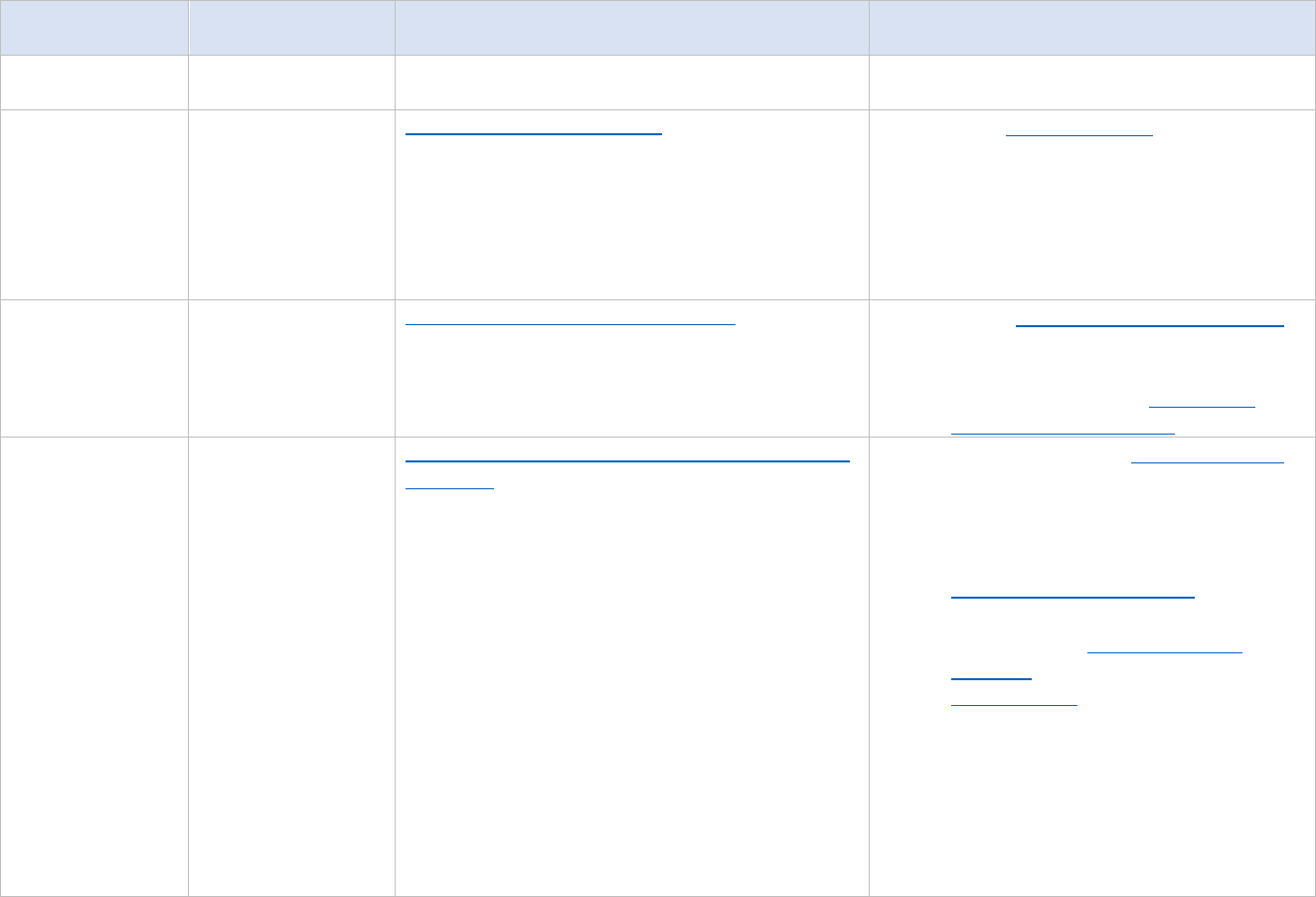
13
Data Subject
Lead CDC Center,
Institute, or Office
Data System or Dataset
How To Access the Data
These data are reported to CDC by state, local, and
territorial public health laboratories.
Listeria
National Center for
Emerging and
Zoonotic Infectious
Diseases (NCEZID)
National Listeria Surveillance
Collects reports of laboratory-confirmed cases of
human listeriosis in the United States.
Demographic, clinical, laboratory, and
epidemiologic data are collected using a
standardized, extended questionnaire.
• Email listeria@cdc.gov to ask for a data
request form. Complete and return the
form to the same email address.
• Average time to provide the data is 1–3
months, depending on the nature and
extent of the request.
Mpox
National Center for
Emerging and
Zoonotic Infectious
Diseases (NCEZID)
Mpox 2022 Outbreak Cases and Data
Provides Mpox case counts and trends, laboratory
test result data, and vaccine administration data.
• Access Mpox downloadable datasets.
• To request additional data or
assistance, fill out the tribal public
health data request form.
National Health
and Nutrition
Examination
Survey
National Center for
Health Statistics
(NCHS)
National Health and Nutrition Examination Survey
(NHANES)
Examines a nationally representative sample of
about 5,000 persons each year. These persons are
located in counties across the country, 15 of which
are visited each year.
Interview includes demographic, socioeconomic,
dietary, and health-related questions. The
examination component consists of medical,
dental, and physiological measurements, as well
as laboratory tests administered by highly trained
medical personnel.
• Access the NHANES public dashboard.
• To request additional data on American
Indian/Alaska Native populations,
submit a research proposal through the
CDC Research Data Centers.
• NCHS provides a list of restricted
variables by NCHS survey. Email
rdca@cdc.gov for assistance in
accessing restricted NCHS data.
• From the time that a proposal is
submitted to the RDC to physically
accessing the data, researchers can
expect the process to take 11‒19
weeks.
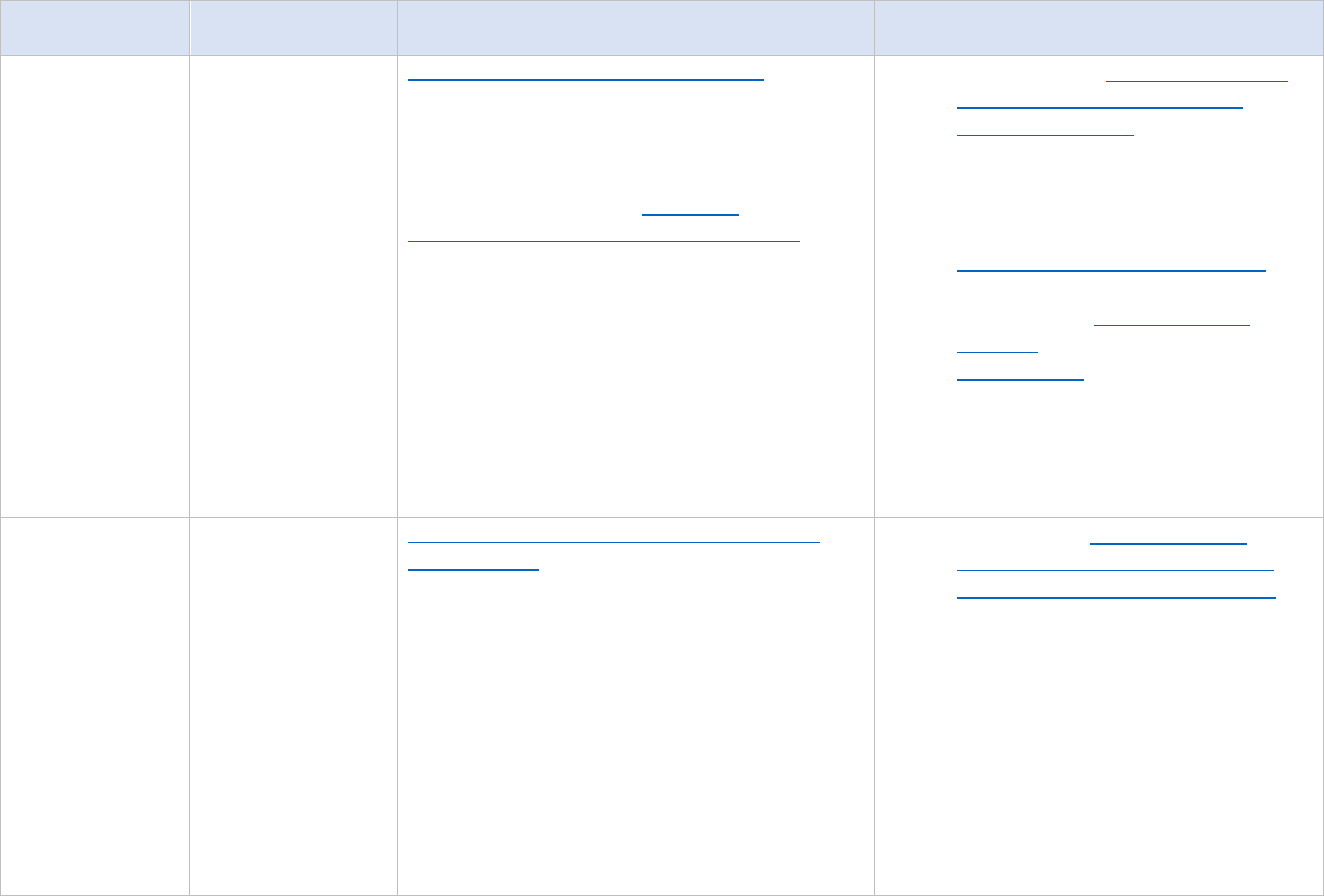
14
Data Subject
Lead CDC Center,
Institute, or Office
Data System or Dataset
How To Access the Data
National Health
Interview Survey
National Center for
Health Statistics
(NCHS)
National Health Interview Survey (NHIS)
Provides data on a broad range of health topics
collected through personal household interviews,
including data to track health status, healthcare
access, and progress toward achieving national
health objectives. See the NHIS Data,
Questionnaires and Related Documentation for
information on data collected.
• Access the NHIS public dashboard on
the Interactive Summary Health
Statistics for Adults website.
• To request additional data on American
Indian/Alaska Native populations,
submit a research proposal through the
CDC Research Data Centers (RDCs).
• NCHS provides a list of restricted
variables by NCHS survey. Email
rdca@cdc.gov for assistance in
accessing restricted NCHS data.
• Researchers can expect to access the
data approximately 11–19 weeks after
submitting the proposal to the RDC.
National Intimate
Partner and
Sexual Violence
National Center for
Injury Prevention
and Control (NCIPC)
National Intimate Partner and Sexual Violence
Survey (NISVS)
Provides data on sexual violence (SV), stalking, and
intimate partner violence (IPV), including lifetime
and 12-month experiences of SV, stalking, and IPV
at the national and state level; associated health
impacts; and age of first victimization of SV,
stalking, and IPV.
Also provides data from a 2010 oversample of
American Indian/Alaska Native persons. These
data include tribal affiliation (if provided by the
respondent). Data were collected by CDC on
behalf of the National Institute for Justice. Data
• Access data at National Intimate
Partner and Sexual Violence Survey
(NISVS) Series website (umich.edu).
• Request restricted data by clicking on
the “access restricted data” button for
each survey and follow the page
instructions.
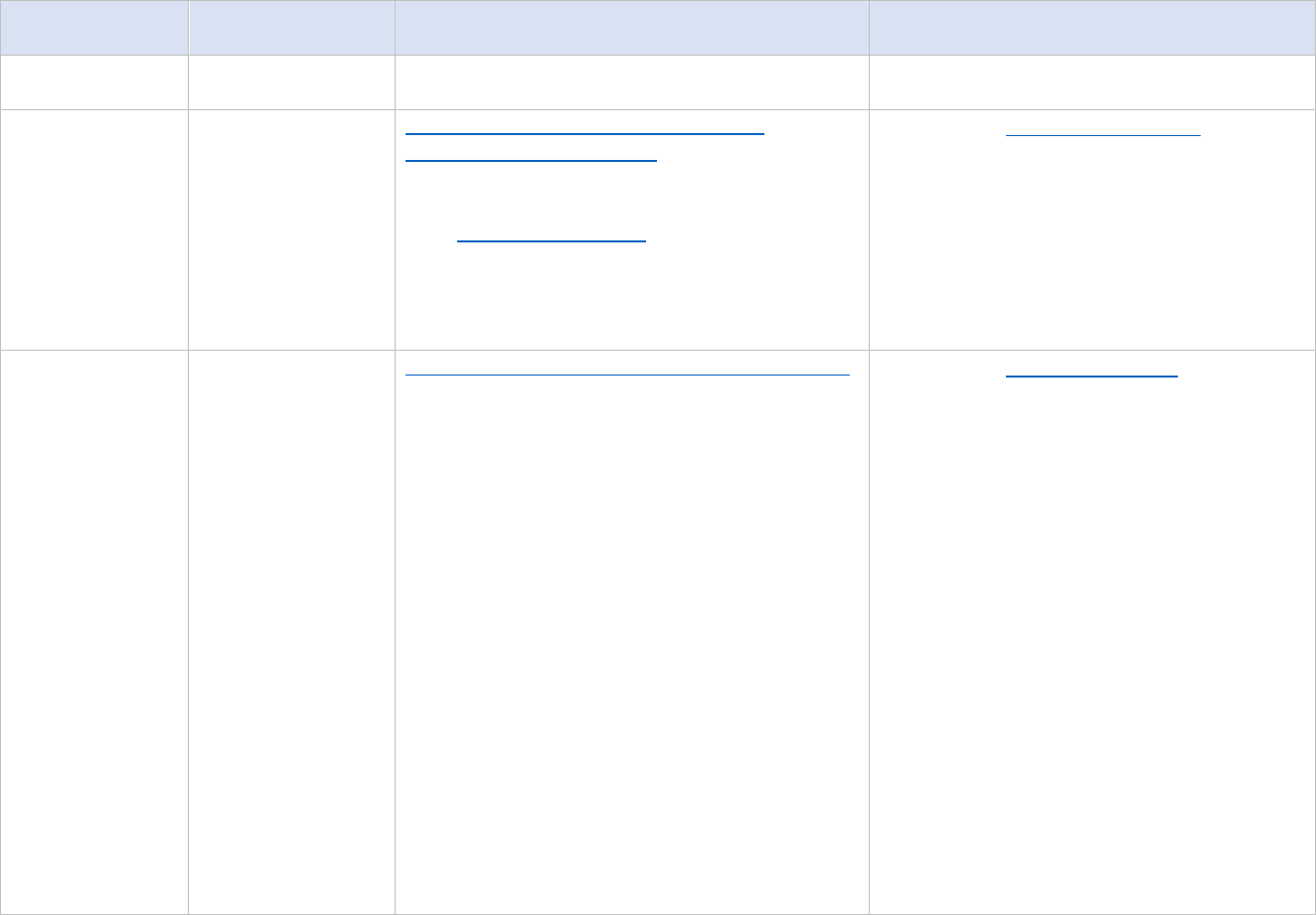
15
Data Subject
Lead CDC Center,
Institute, or Office
Data System or Dataset
How To Access the Data
were collected simultaneously with the general
population data.
Typhoid and
Paratyphoid Fever
National Center for
Emerging and
Zoonotic Infectious
Diseases (NCEZID)
National Typhoid and Paratyphoid Fever
Surveillance System (NTPFS)
Collects data on human cases of typhoid and
paratyphoid fever. State and local health officials
use a standard report form to report detailed
epidemiologic information on laboratory-
confirmed cases, including patient demographic
and clinical information, typhoid vaccination
status, and travel history.
• Email entericfever@cdc.gov and ask for
a data request form. Complete and
send the form back to the same email
address.
• Average time to provide the data is 1–3
months, depending on the nature and
extent of the request.
Violent Death
National Center for
Injury Prevention
and Control (NCIPC)
National Violent Death Reporting System (NVDRS)
Tracks and monitors violent deaths (suicides,
homicides, legal intervention deaths,
unintentional firearm deaths, and deaths of
undetermined intent). All 50 states, the District of
Columbia, and Puerto Rico participate in NVDRS.
Provides a de-identified, multi-state, case-level
dataset comprising hundreds of unique variables.
The database includes short narratives to describe
the circumstances related to violent deaths,
including descriptions from law enforcement and
coroner/medical examiner investigative reports.
While tribal affiliation is not available, NVDRS does
collect information on race and ethnicity.
Currently, data is available for 2003–2020.
• Email nvdrs-rad@cdc.gov to ask for
data access request documents and
forms. Complete and return the forms
as instructed.
• Requestors must prepare and submit a
proposal for review. To request access
to the NVDRS RAD, the primary
investigator must meet all of the
following criteria:
- Have a master's degree or higher;
- Hold a research position or faculty
appointment at a research
organization, government agency, or
institution of higher education. This
includes research foundations or grant-
making organizations.
- Agree to comply with NVDRS RAD
security, confidentiality, and data
protection requirements, as outlined
during the review process
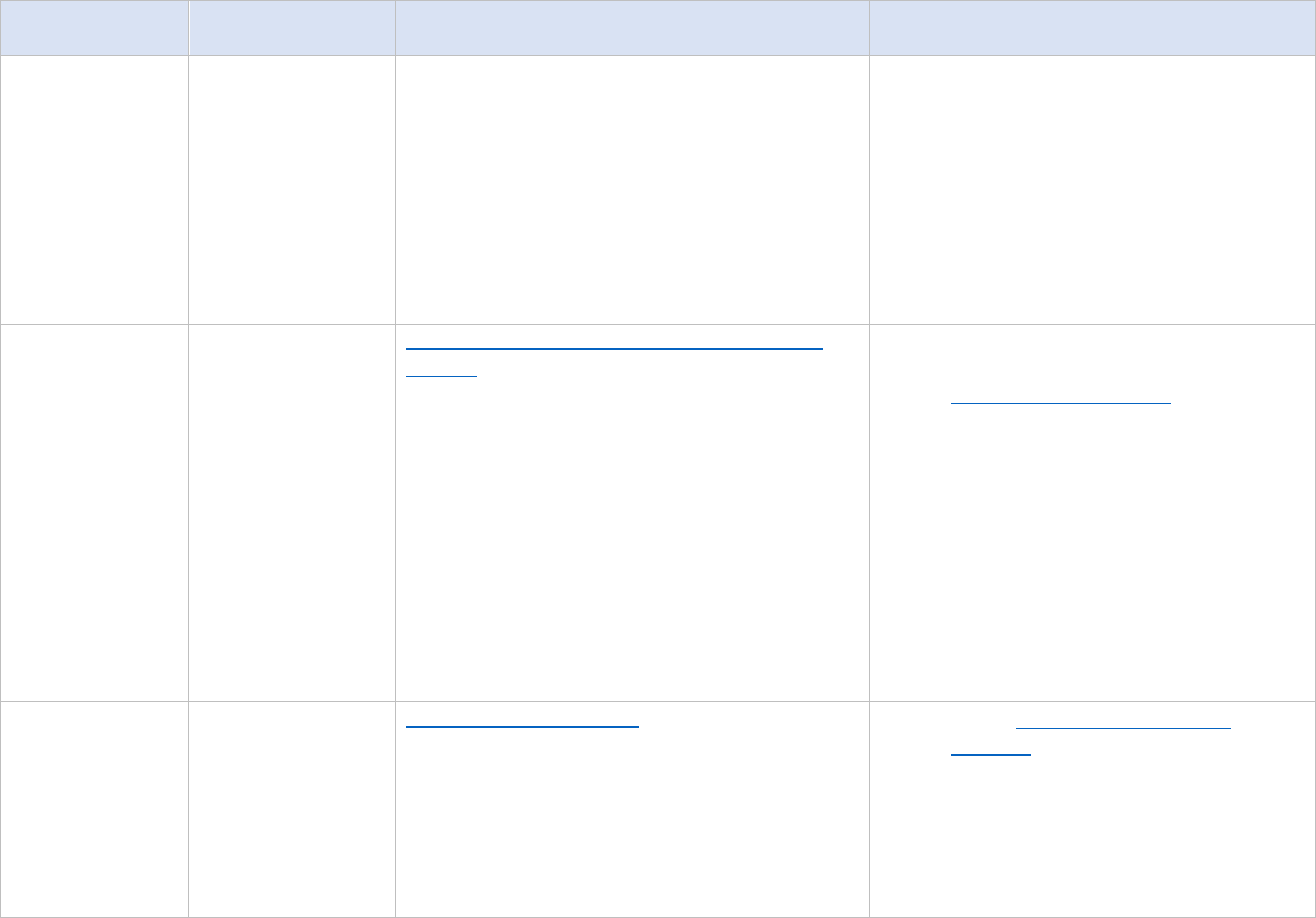
16
Data Subject
Lead CDC Center,
Institute, or Office
Data System or Dataset
How To Access the Data
- Local, county, state, and federal
government employees, regardless of
degree or research position, are also
eligible to apply for the NVDRS RAD.
• On average, data request proposals are
reviewed within 4–6 weeks. Upon
receipt of response to
reviews/feedback, data access is
provided within 1–5 business days.
Pregnancy Risk
Assessment
National Center for
Chronic Disease
Prevention and
Health Promotion
(NCCDPHP)
Pregnancy Risk Assessment Monitoring System
(PRAMS)
Provides data on maternal health behaviors and
experiences before, during and shortly after
pregnancy. Includes data on America Indian and
Alaska Native populations. Several PRAMS
grantees also specifically sample American
Indian/Alaska Native populations for PRAMS
surveillance.
• Fill out the PRAMS Proposal data
request form, which is available on the
PRAMS data request site. The site also
provides instructions on how to submit
the data request form.
• A signed Data Sharing Agreement (DSA)
is required with any data request.
Instructions for completing the DSA are
on the data request site.
• Average time to provide the data is 1–2
months, depending on the nature and
extent of the request.
Rocky Mountain
Spotted Fever
(RMSF)
National Center for
Emerging and
Zoonotic Infectious
Diseases (NCEZID)
RMSF Prevention Program
Includes program indicators such as prevention
services, capacity surveys. Relevant tribes and
TECs are already included in reports and findings
via the RMSF coalition. All reports and program
findings are available to relevant tribal partners.
RMSF Clinical Studies (2002–2011)
• Access RMSF Epidemiology and
Statistics.
• Data summaries and reports are
provided as soon as they are available
to relevant tribes and TECs.
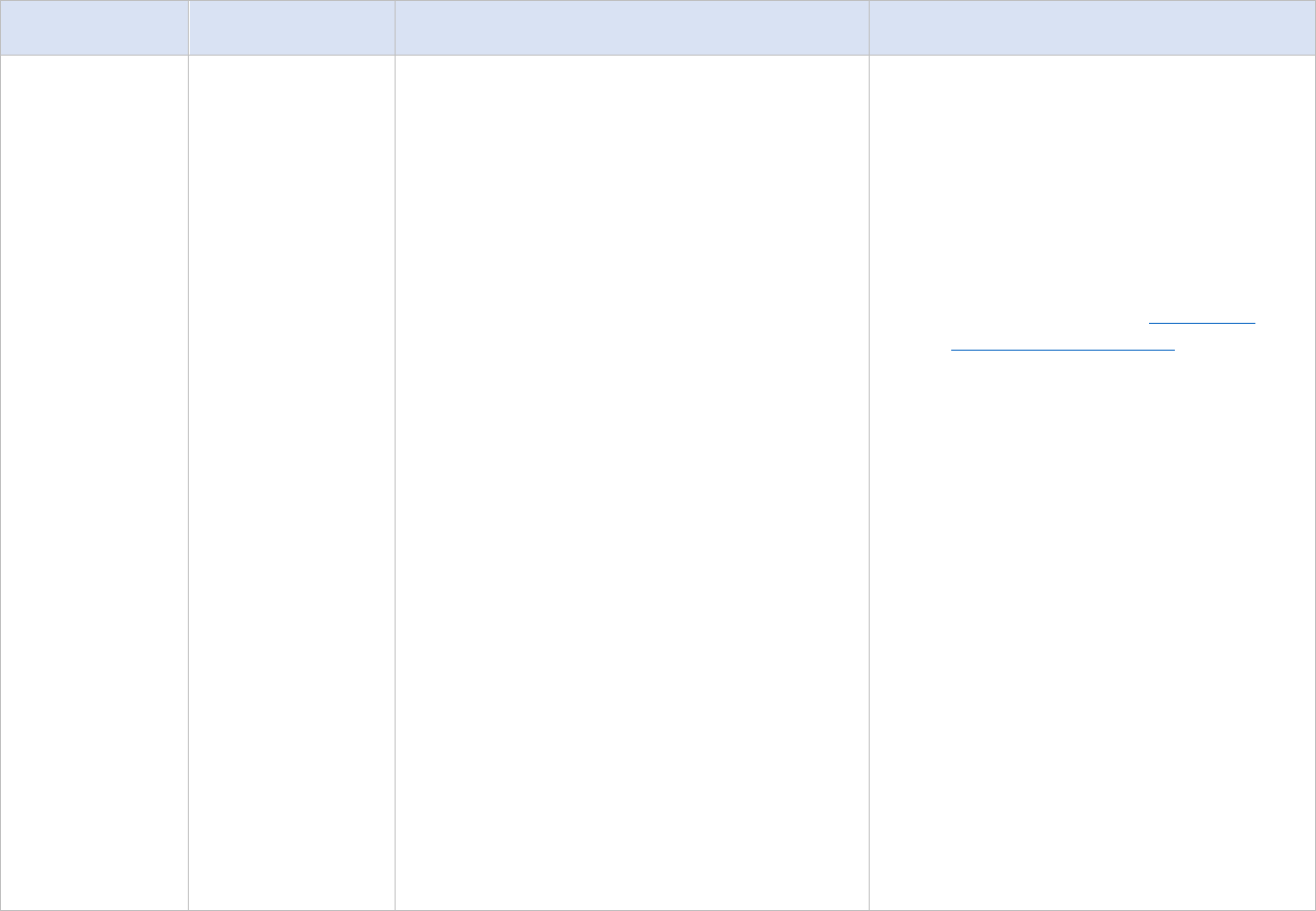
17
Data Subject
Lead CDC Center,
Institute, or Office
Data System or Dataset
How To Access the Data
Provides medical chart abstractions on RMSF cases
and non RMSF hospitalized controls. Findings have
been shared with tribal partners and published in
the peer reviewed literature. All data belong to
the individual tribes, but de-identified data could
be shared with TEC at the direction of both tribes.
RMSF Long Term Sequela Study
Includes medical chart abstractions, patient
interviews and neurological exams for selected
patients. Findings have been shared with relevant
tribes and are awaiting IHS approval for
publication in the peer reviewed literature. De-
identified data belong to the tribes but could be
shared with TECs at the direction of participating
tribes.
RMSF Rodeo Study, KAB Surveys, Tick Burden,
and Project Enrollment Data
Findings have been shared with tribal leaders and
published in the peer reviewed literature. Data
belong to the tribe but could be shared with TECs
at the direction of the tribe.
Ecological data in tribal communities highly
endemic for RMSF. Data include ticks tested for
Rickettsia, canine seroprevalence studies etc. Data
are collected with tribal permission for relevant
communities. Data summaries are shared with
relevant tribes when they become available. This
data could be shared with relevant tribes by
request within 30 days.
• All data from tribal-specific studies
belong to the individual tribe(s), but
de-identified data can be shared with
TECs at the direction of participating
tribes.
• A DUA is required.
• To request additional data or
assistance, fill out the tribal public
health data request form.
• De-identified data could be provided to
participating tribes by request within 1
week.
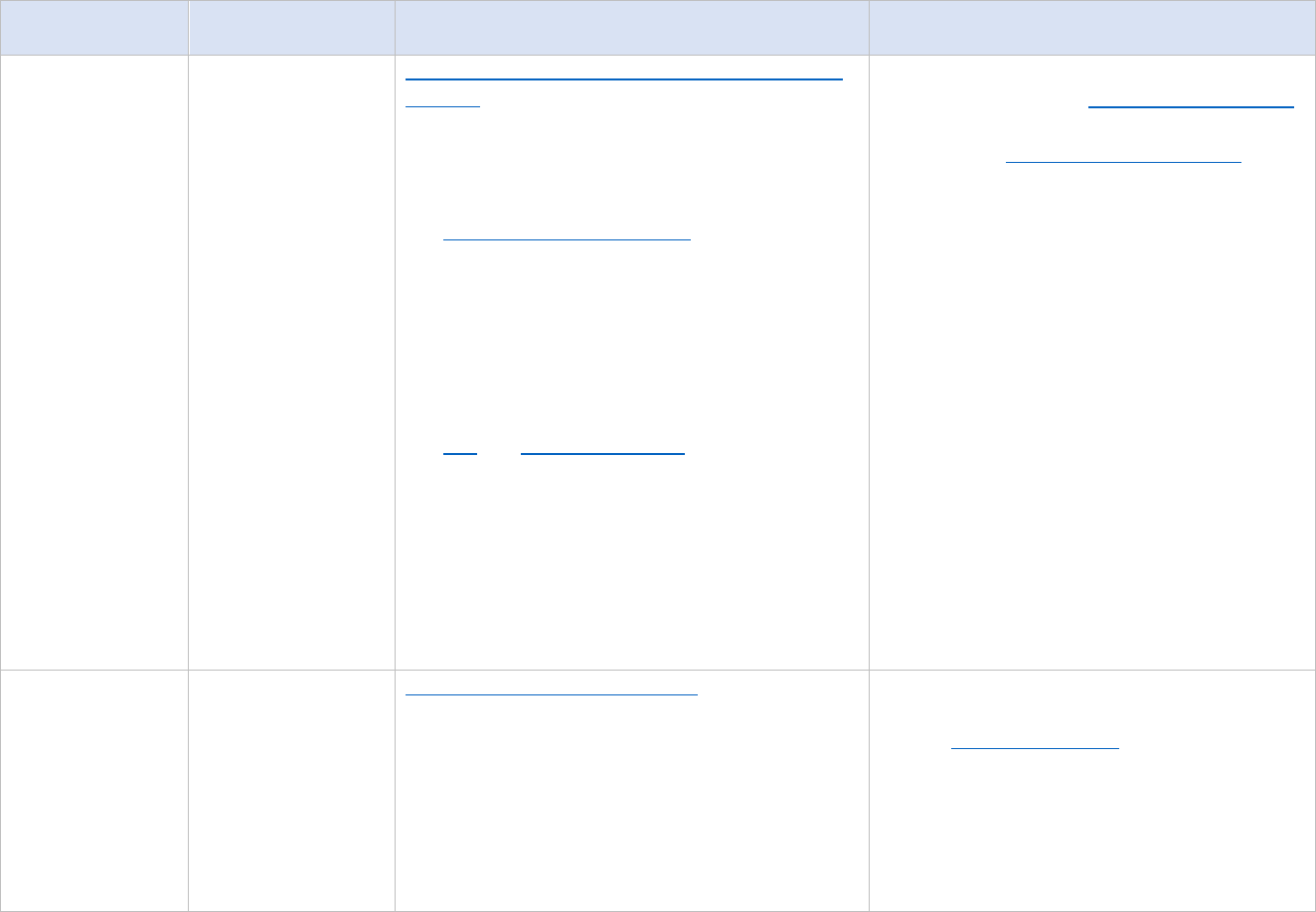
18
Data Subject
Lead CDC Center,
Institute, or Office
Data System or Dataset
How To Access the Data
Sexually
Transmitted
Diseases (STDs)
National Center for
HIV, Viral Hepatitis,
STD, and TB
Prevention
(NCHHSTP)
Nationally Notifiable Disease Surveillance System
(NNDSS)
Provides case-based surveillance data for
nationally notifiable sexually transmitted diseases
(syphilis, chlamydia, gonorrhea, and chancroid).
The NETSS Implementation Plan contains the
procedures and record layouts that must be used
by state and local health departments to
electronically report cases of nationally notifiable
STDs to CDC via the National Electronic
Telecommunication System for Surveillance
(NETSS).
The STD and congenital syphilis message mapping
guides (MMGs) outline the requirements for
electronically reporting cases of nationally
notifiable STDs in the Health Level 7 (HL7) format.
Additional aggregate data are available at the
national, state, and county levels (based on data
re-release guidelines with CSTE) can be made
available through custom data requests.
• Access aggregate data published
annually in the STD surveillance report.
• Email std_surv_inquiry@cdc.gov to
request data release guidelines and
custom data request forms.
• Dependent on intricacies of the data
request, aggregate data are usually
available within 2 weeks on average.
Sexually
Transmitted
Diseases (STDs)
National Center for
HIV, Viral Hepatitis,
STD, and TB
Prevention
(NCHHSTP)
STD Surveillance Network (SSuN)
Provides enhanced behavioral, demographic, and
clinical information on gonorrhea cases reported
to state and local health departments; provide
information on patients presenting for care in
specialty STD clinical settings; and explore
innovative strategies to improve STD surveillance
nationwide. Aggregate and line list data are
available.
• Email requests for a data dictionary and
data request template to
SSUN_TA@cdc.gov.
• Requests for data require a specific
analysis plan and identification of
variables of interest. Analytic proposals
require approval of the Principal
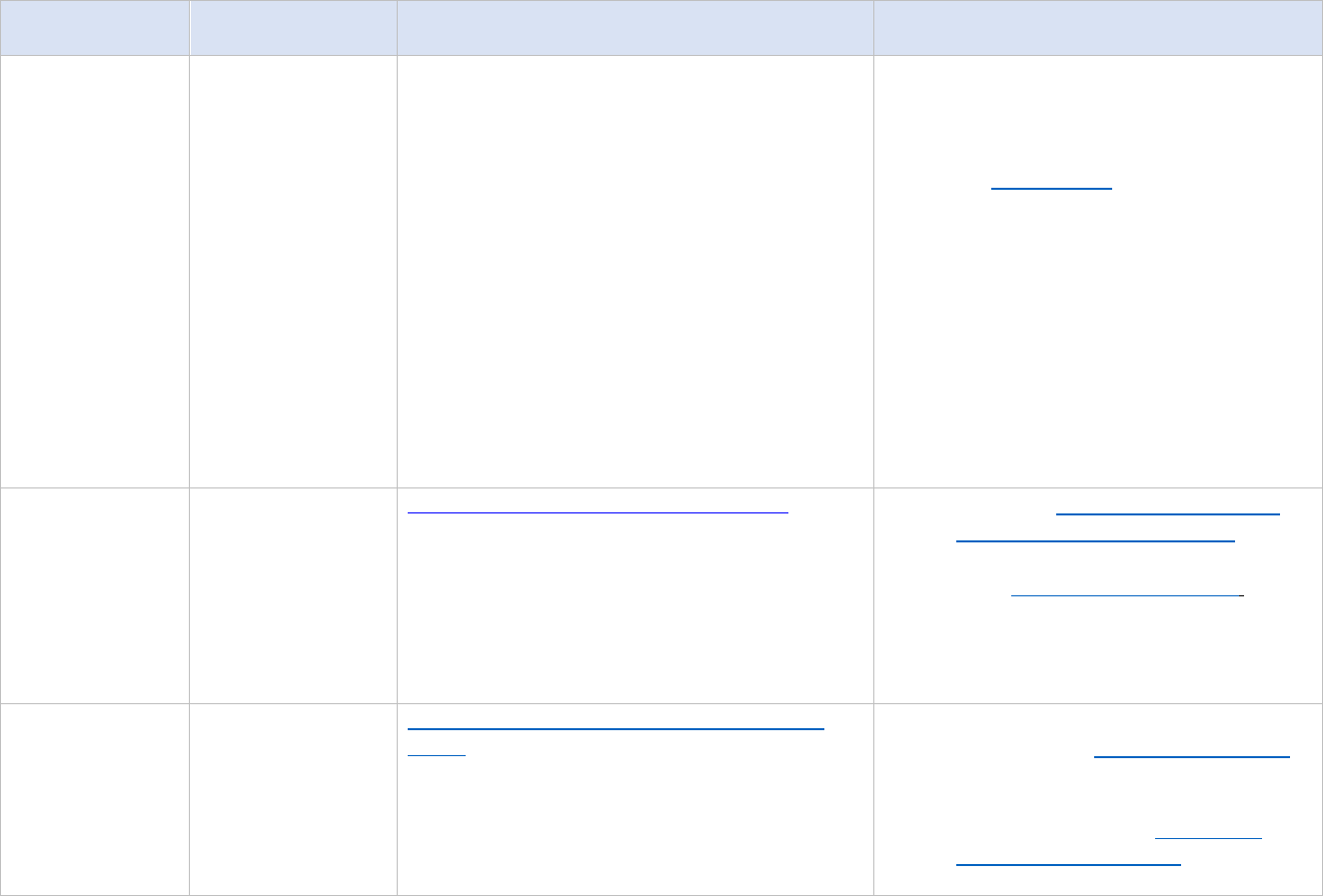
19
Data Subject
Lead CDC Center,
Institute, or Office
Data System or Dataset
How To Access the Data
Investigators in each site contributing
data.
• The current protocols are provided on
the SSuN website. Of note, during
2020–2021, the percentage of all
gonorrhea cases in participating SSuN
jurisdictions identifying as Alaska
Native/Native American was 0.38% and
0.40%, respectively.
• Depending on the complexity of the
data request, it may take several
months to obtain the necessary
reviews and approvals and to process
data requests.
Social
Vulnerability
Agency for Toxic
Substances and
Disease Registry
(ATSDR)
CDC/ATSDR Social Vulnerability Index (SVI)
Uses 15 US census variables to help identify
communities that may need support before,
during, or after disasters.
• Access the CDC/ATSDR SVI Data and
Documentation Download site.
• Email svi_coordinator@cdc.gov for
data assistance.
Tuberculosis
National Center for
HIV, Viral Hepatitis,
STD, and TB
Prevention
(NCHHSTP)
National Tuberculosis (TB) Surveillance System
(NTSS) and linked National Tuberculosis Molecular
Surveillance Center (NTMSC) data
Provide case-based surveillance data and related
genotypic data for verified cases of tuberculosis.
• Access aggregate data published
annually in the TB surveillance report.
• To request additional data or
assistance, fill out the tribal public
health data request form.
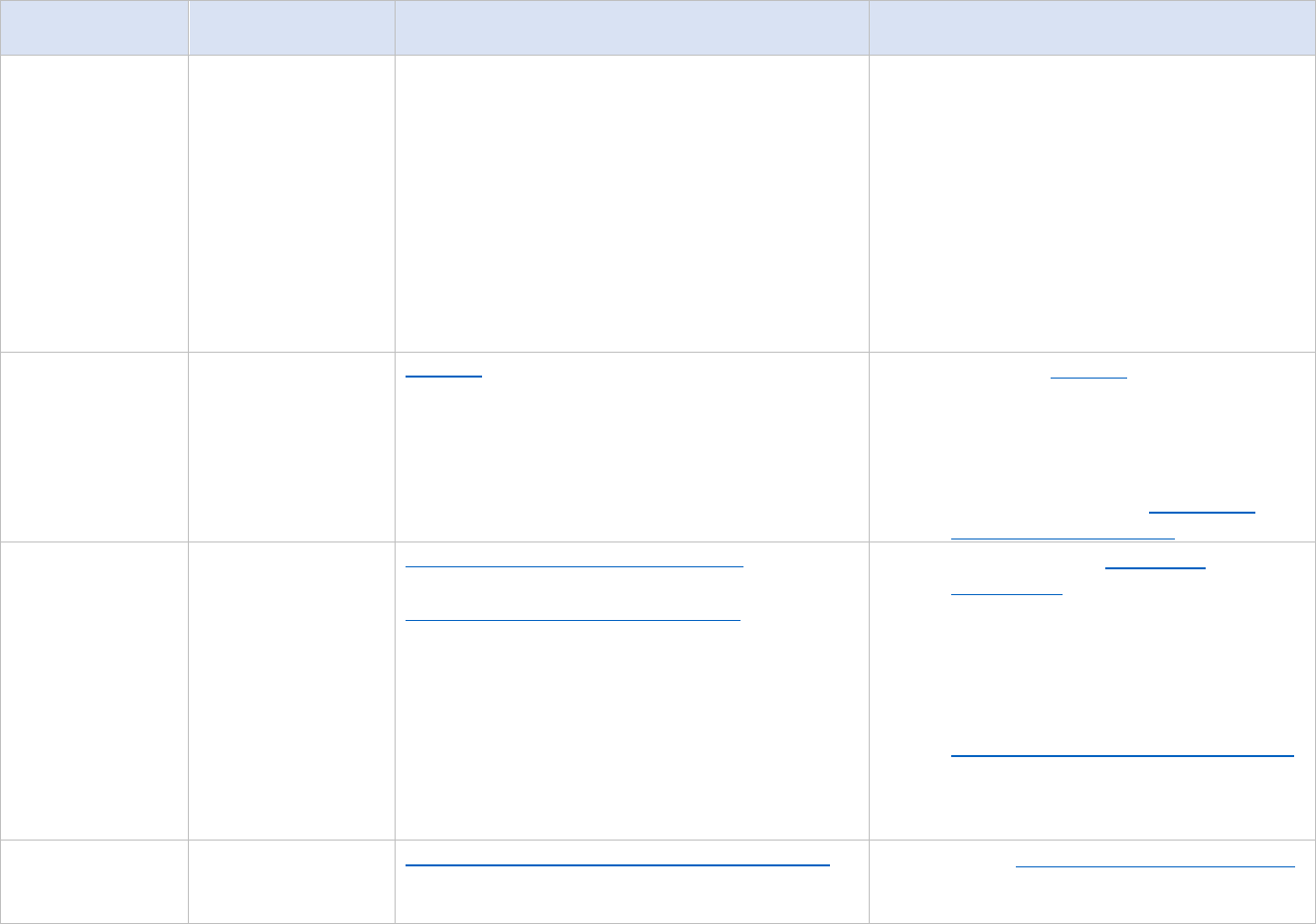
20
Data Subject
Lead CDC Center,
Institute, or Office
Data System or Dataset
How To Access the Data
• Additional aggregate data or limited
de-identified line level data are
available in compliance with the
Assurance of Confidentiality covering
these data.
• Depending on the complexity of the
data request, several months may be
required to obtain the necessary
reviews and approvals and to process
data requests.
VaxView
National Center for
Infectious and
Respiratory Diseases
(NCIRD)
VaxView
Provides vaccination coverage data for all ages.
Data views include ChildVaxView, SchoolVaxView,
TeenVaxView, AdultVaxView, FluVaxView, and
COVIDVaxView.
• Access the VaxView website for data
descriptions, data, visualization tools,
and user guides.
• To request additional data or
assistance, fill out the tribal public
health data request form.
Vital Statistics
National Center for
Health Statistics
(NCHS)
National Vital Statistics System (NVSS) Provides
data on births and deaths in the United States. The
Vital Statistics Rapid Release program provides
access to the timeliest vital statistics for public
health surveillance, through releases of 1)
Quarterly Provisional Estimates, 2) Vital Statistics
Rapid Release Reports, 3) focused surveillance
activities, and 4) state and national provisional
control counts of births, deaths and infant deaths
based on a current flow of vital statistics data from
state vital records offices.
• Access the NCHS Public Data
Dashboards.
• For access to additional restricted data,
which may include additional data on
American Indian/Alaska Native
populations, follow the instructions at
Restricted-Use Vital Statistics Data site.
• Allow 4–6 weeks for processing of data
requests.
Youth Risk
Behaviors
National Center for
HIV, Viral Hepatitis,
STD, and TB
Youth Risk Behavior Surveillance System (YRBSS)
Monitors six categories of health-related
behaviors that contribute to the leading causes of
• Access YRBSS data and documentation.
Data available: full survey data, annual
datasets, Combined YRBS middle
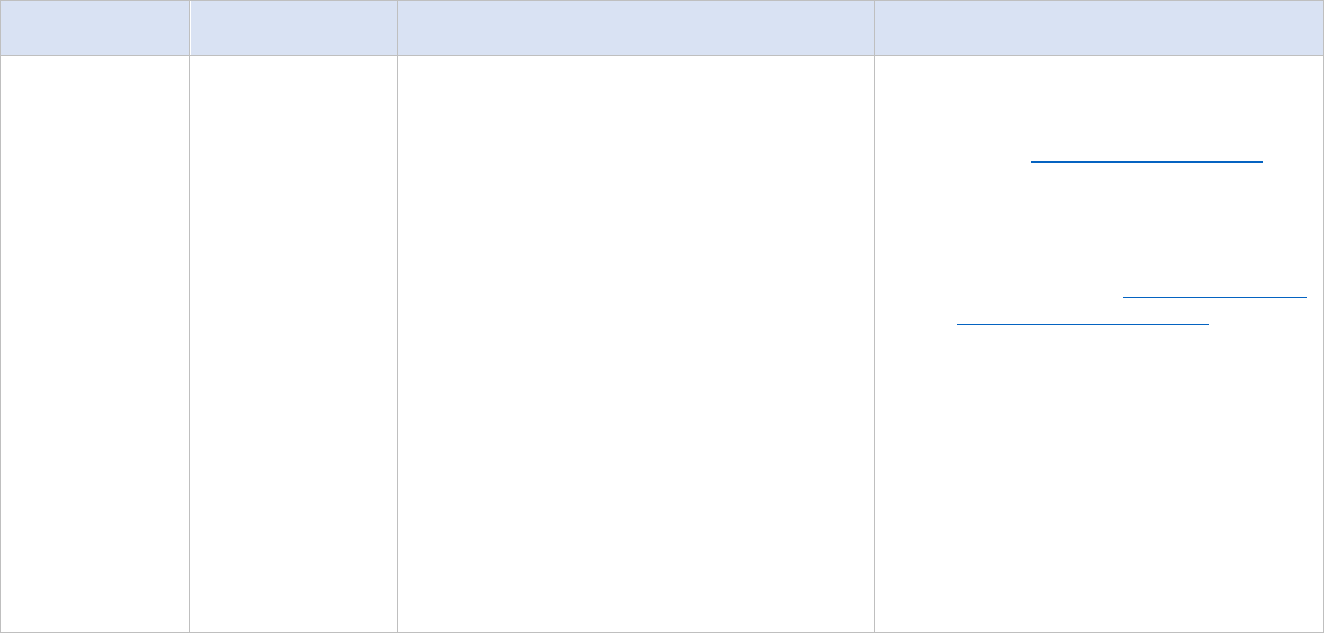
21
Data Subject
Lead CDC Center,
Institute, or Office
Data System or Dataset
How To Access the Data
Prevention
(NCHHSTP)
death and disability among youth and adults,
including:
• Behaviors that contribute to unintentional
injuries and violence
• Sexual behaviors related to unintended
pregnancy and sexually transmitted
diseases, including HIV infection
• Alcohol and other drug use
• Tobacco use
• Unhealthy dietary behaviors
• Inadequate physical activity
• Obesity
• Asthma
• Other health-related behaviors
• Sexual identity and sex of sexual contacts
YRBSS is a system of surveys. It includes 1) a
national school-based survey conducted by CDC
and 2) state, territorial, tribal, and local surveys
conducted by state, territorial, and local education
and health agencies and tribal governments.
school datasets, and Combined YRBS
high school datasets.
• Use the YRBSS Data Request Form to
request state, district, territory, or
tribal government data files not
available on the website.
• Learn more about Data Availability and
Requesting YRBSS Data Files.
